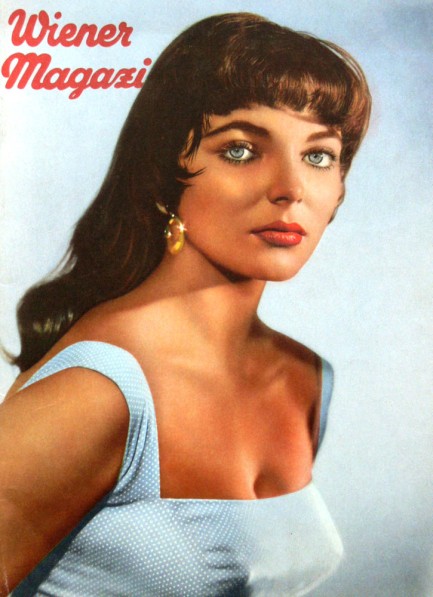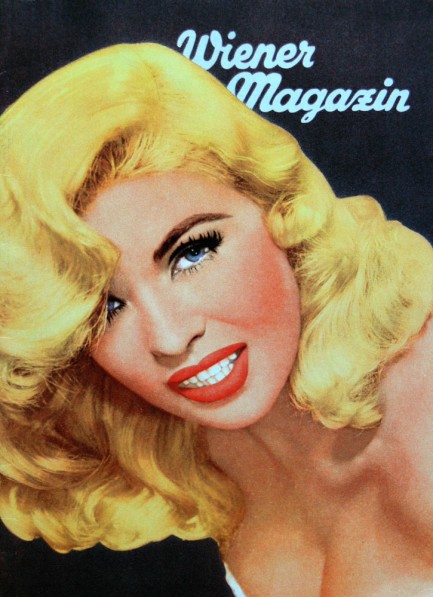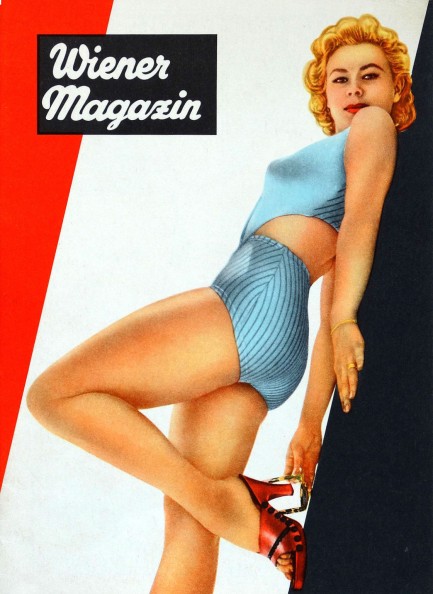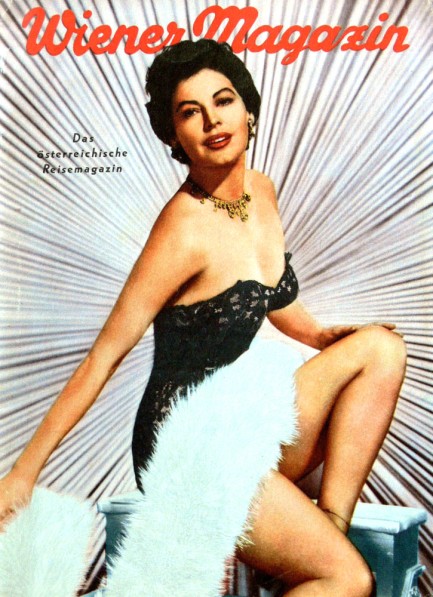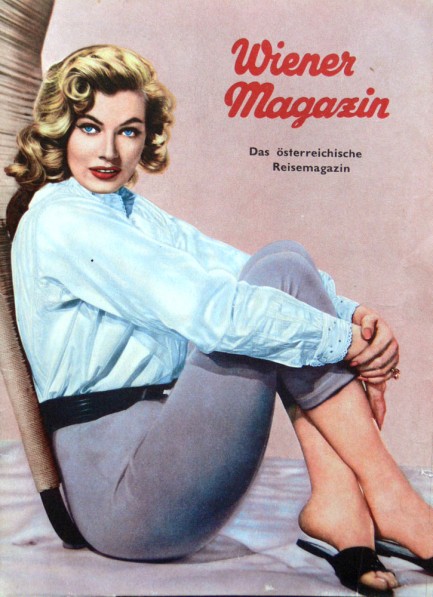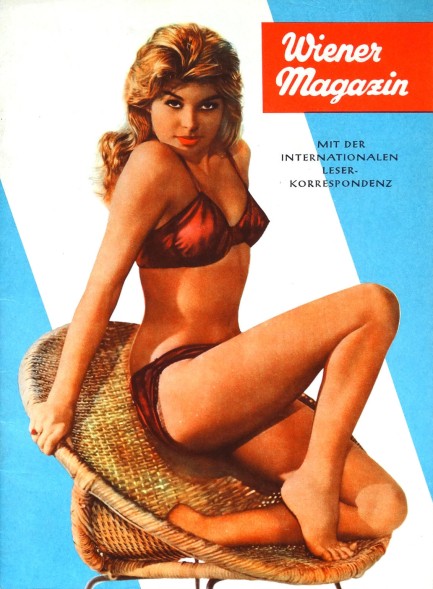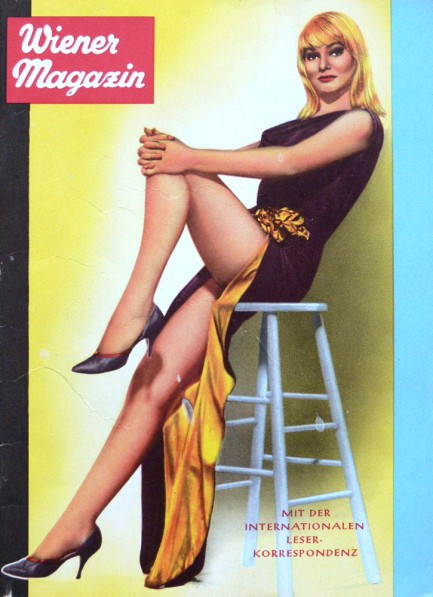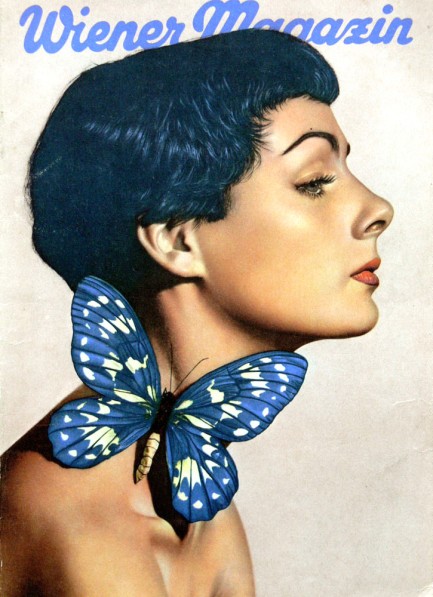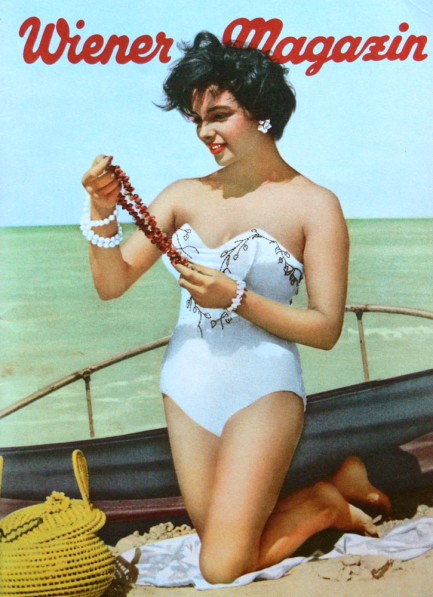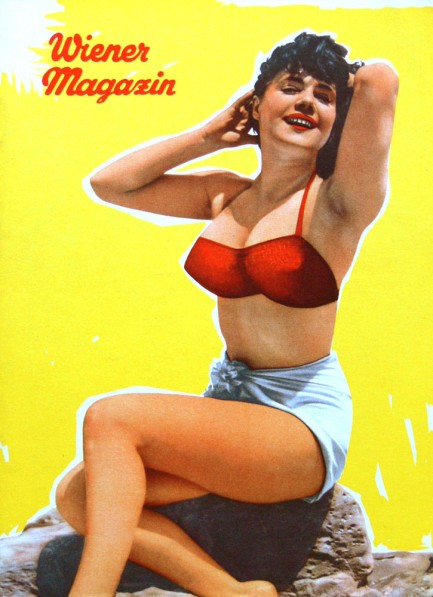 Life-Size Co. reproduces cinema giant. 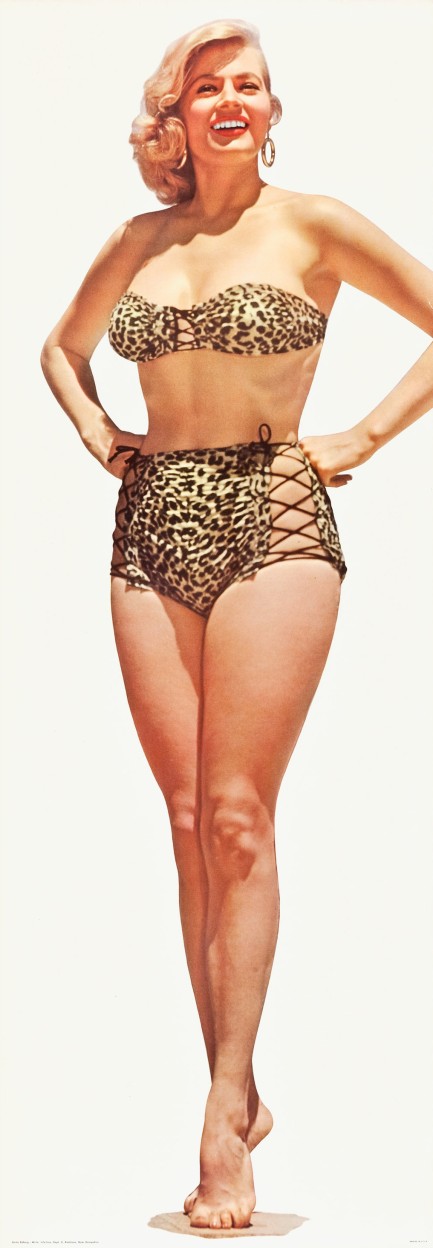 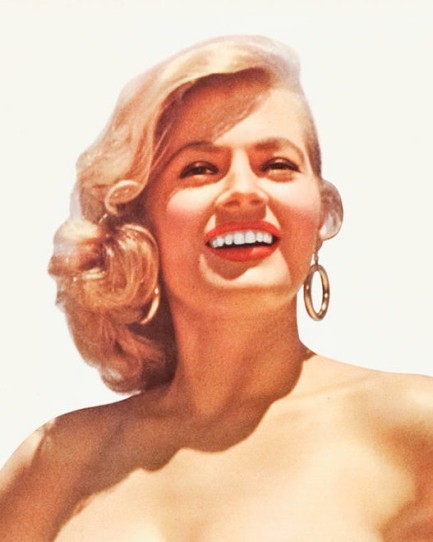
Above is Swedish star Anita Ekberg posed for the last of the posters published during the mid-1950s by the Life-Size company of Redstone, New Hampshire. As the company's name suggests, it was human sized, sixty-two inches. Well, more like small human-sized—five feet, two inches. That's several inches short of Ekberg's height, but not enough to disturb any fantasies. See the rest of the lithographs (Marilyn Monroe, Pat Hall, Lili St. Cyr, Madeline Castle, and Joanne Arnold) by clicking here and following the subsequent links.
 I'm going out for a spin. If you need me just look for the brightest light in the evening sky. 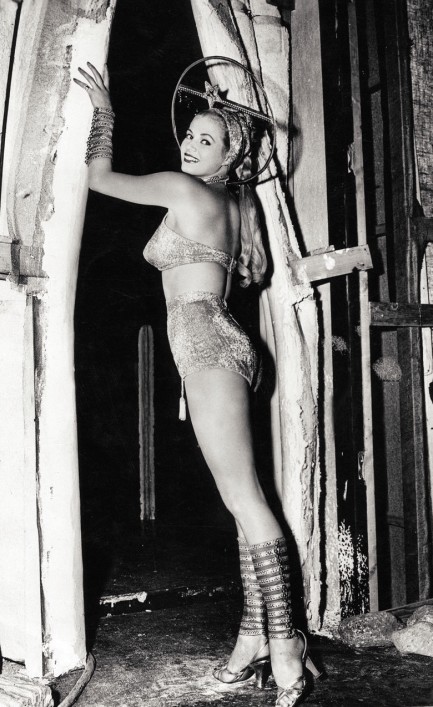
There's a common assumption that Swedish actress Anita Ekberg began her acting career in Europe and later appeared in Hollywood productions, but the opposite is true. She debuted onscreen in 1953's The Mississippi Gambler, and her first credited role was in Abbott and Costello Go to Mars, for which the above promo image was made. She had competed in the 1951 Miss Universe Pageant, and as one of six finalists been awarded a contract with Universal Studios. In Abbott and Costello Go to Mars she played a member of the Venusian Guard (Abbott and Costello's ship landed on Venus by mistake). By 1955 she was a regular supporting player, and by the next year was earning $75,000 a movie. Not a bad way to fly.
 Ciné-Revue was the go-to publication for movie stars seeking exposure. 
Here's your official Christmas gift, a prime example of that mid-century phenomenon we discuss often, the intersection of mainstream and adult cinema during the sixties and seventies. Ciné-Revue, which was published in Belgium and distributed there and in France, Switzerland, Canada, Portugal, Britain, and the Basque region of Spain, was at the vanguard of that idea. It highlighted both popular stars and their adult counterparts, blurring the line between the two. It wasn't hard to do. Famous performers often acted in sexually oriented films, and Ciné-Revue was a platform that helped cinematic explorations of sexual ideas be taken seriously.
The issue you see above is the cover of Ciné-Revue Photos 49, a visual compendium of actresses both world famous and somewhat obscure. The names run the gamut from Anita Ekberg to Marina Marfoglia. Marfoglia gets the cover, while Ekberg gets the rear, and that's exactly what we're talking about—the obscure elevated over the known. Both are also featured in multiple pages inside—but while Ekberg gets seven, Marfoglia gets eight and the centerfold. The issue is about a hundred pages, but we're unable to put together a post that long. Instead, we've selected some of the nicer images to warm up this winter day. Enjoy, and don't worry about us slaving over a computer. We put this collection together last week. Right now, on Christmas, we're traveling with the PIs.
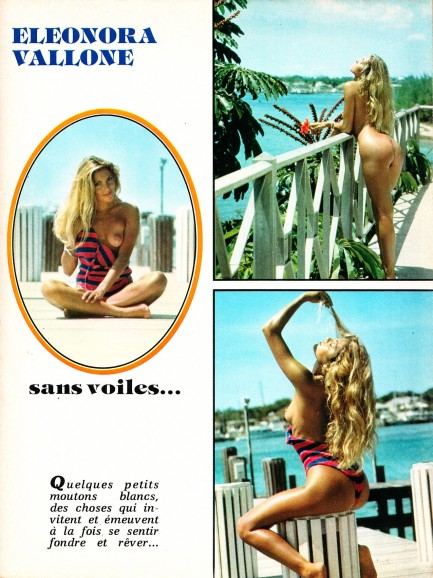 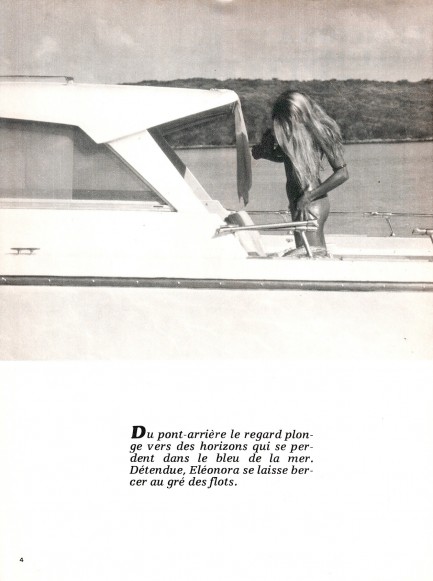 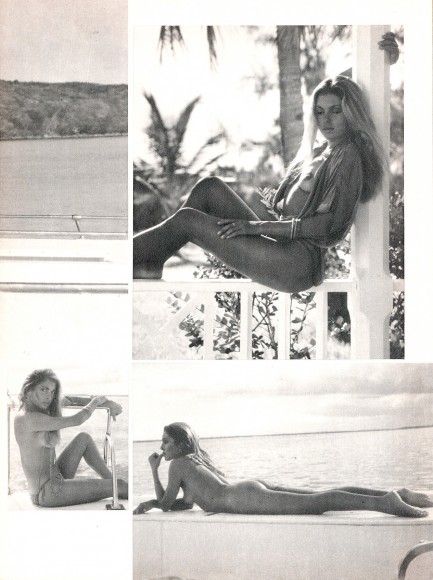 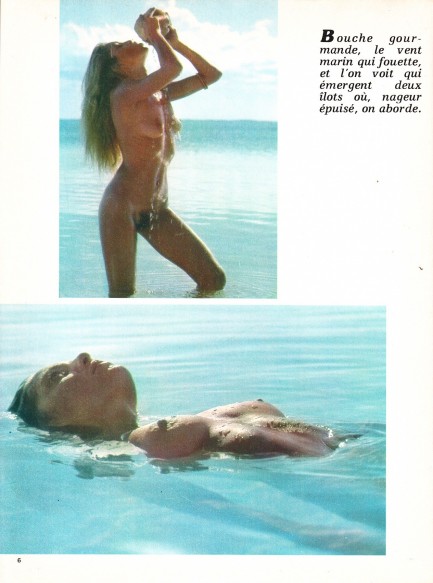 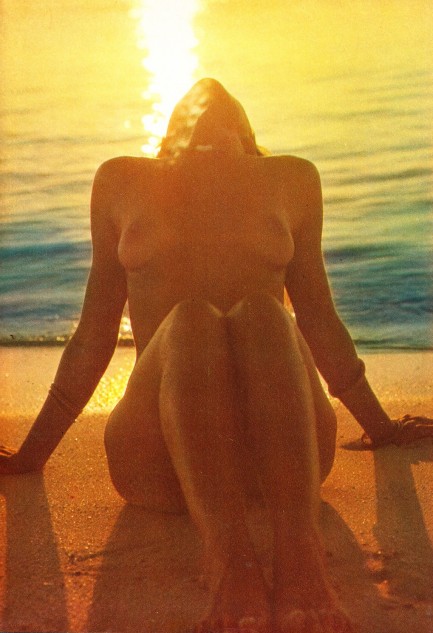 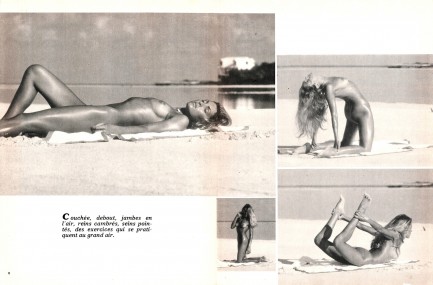 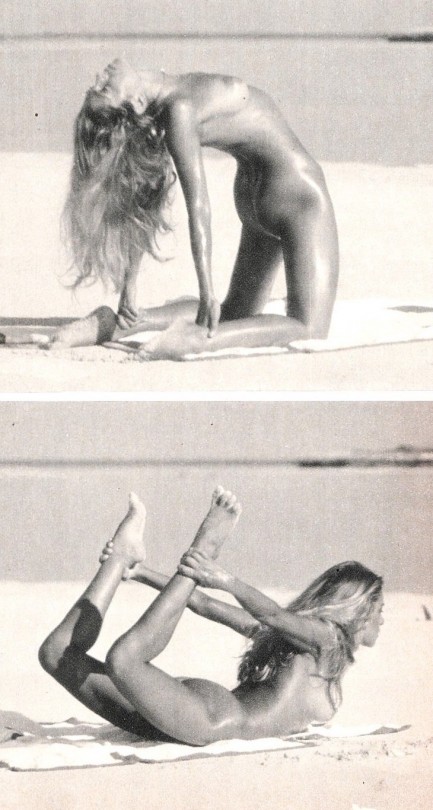 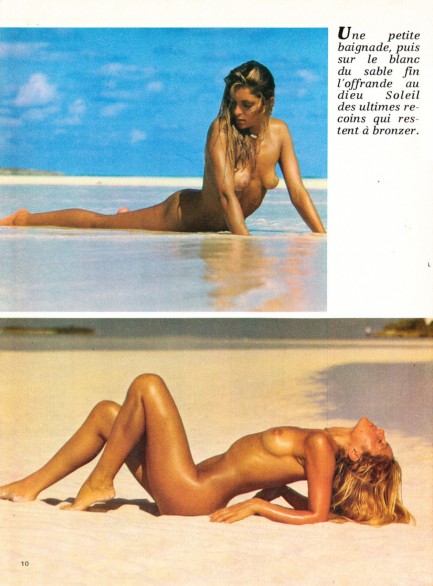   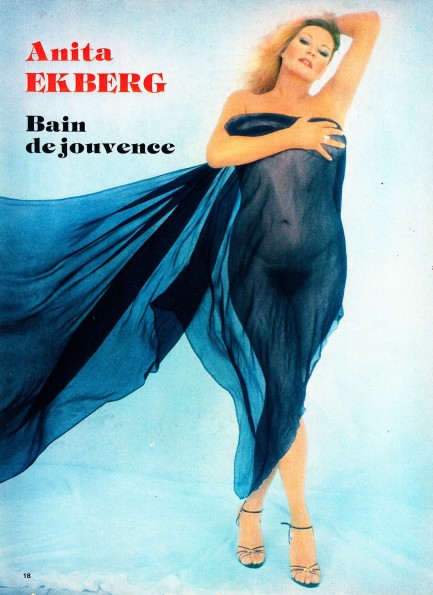  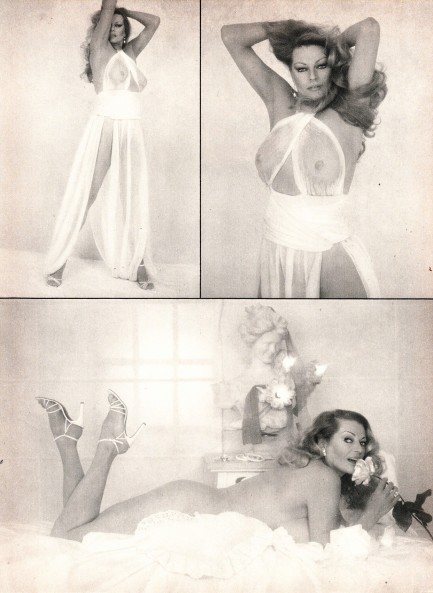 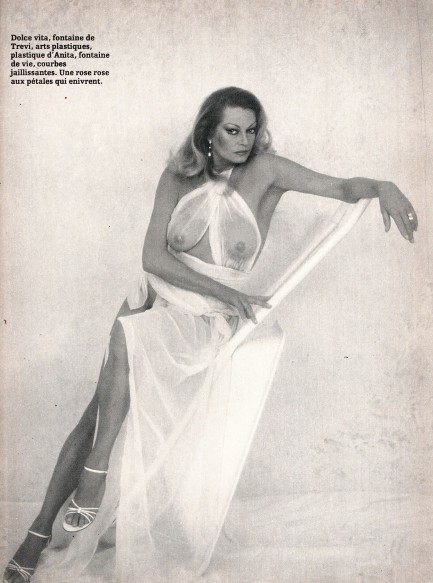 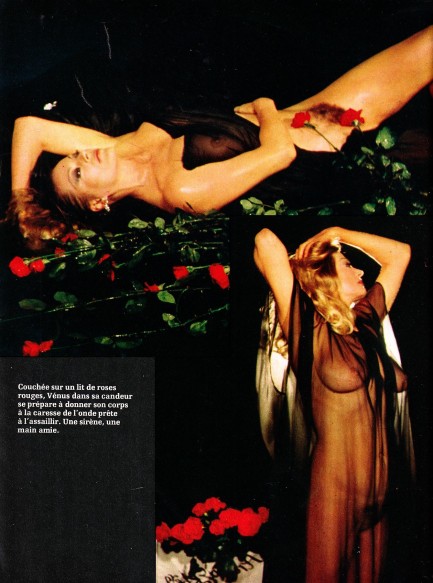 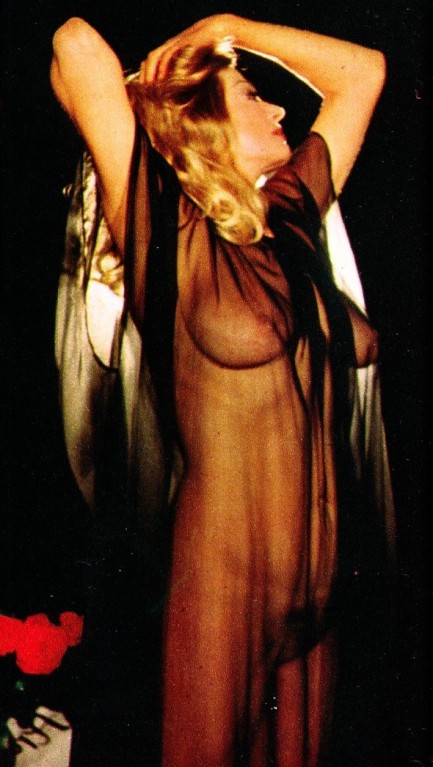 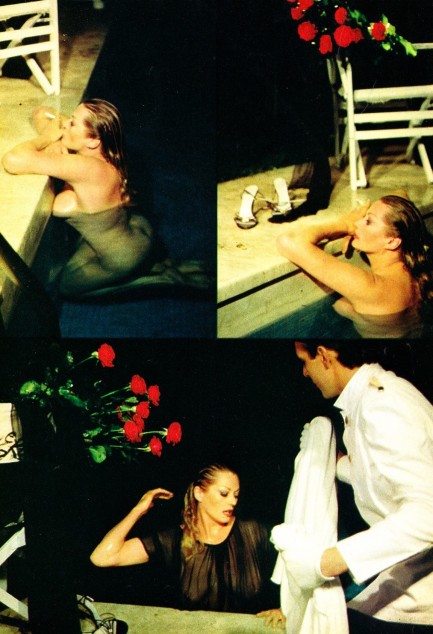 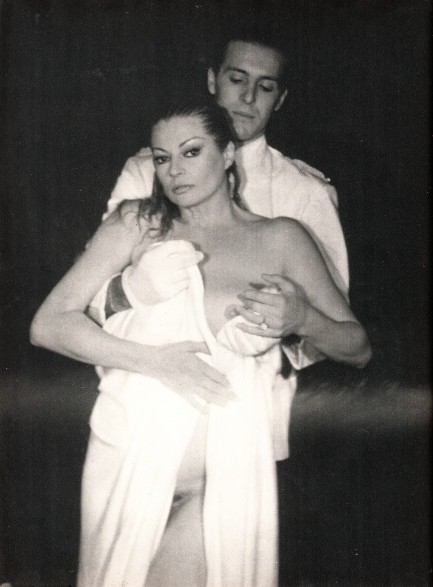 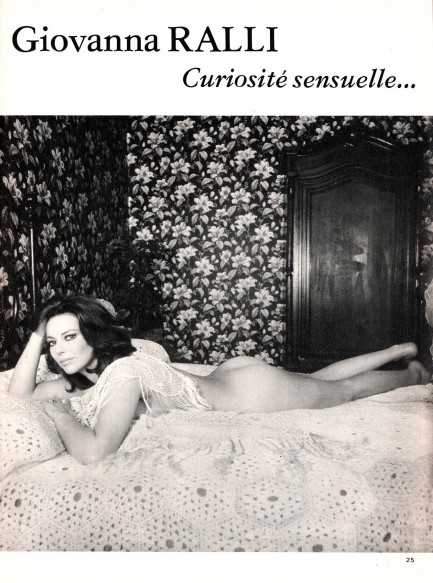 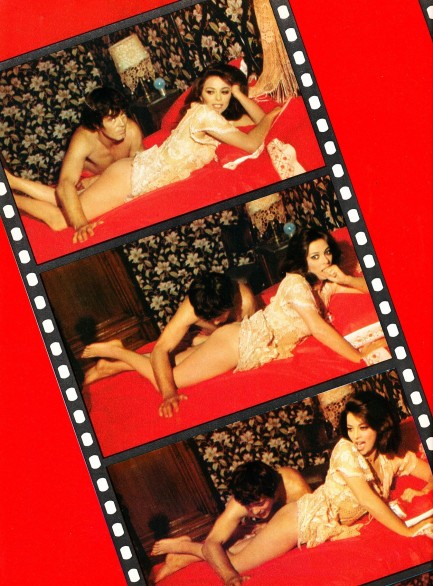 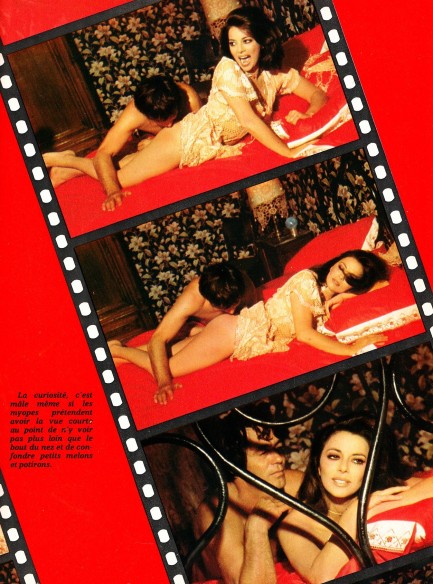 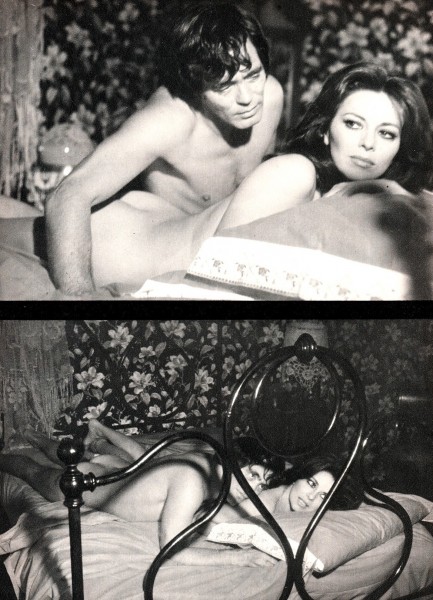 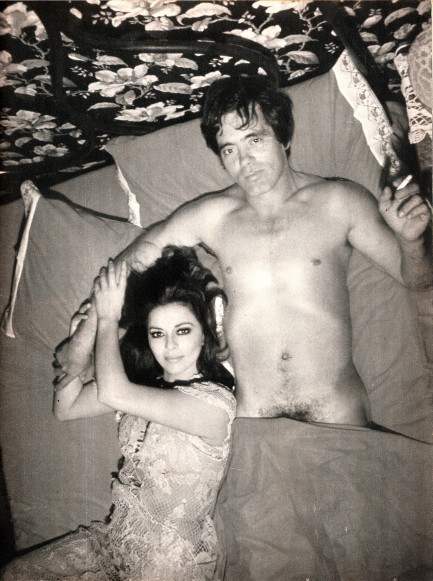 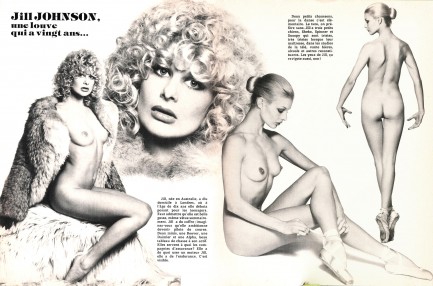 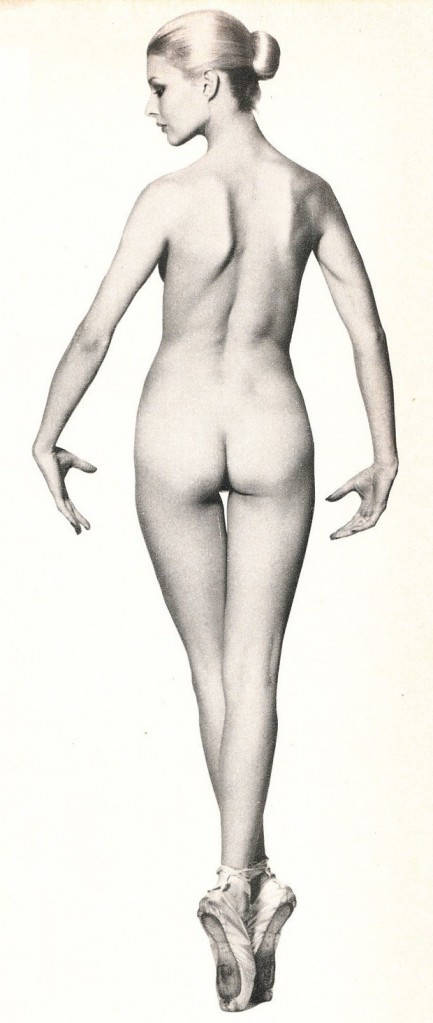    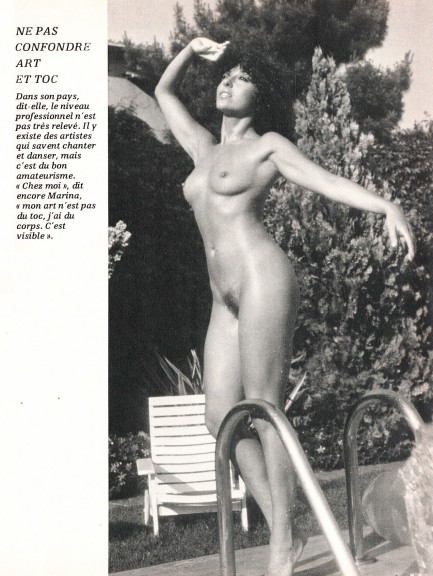  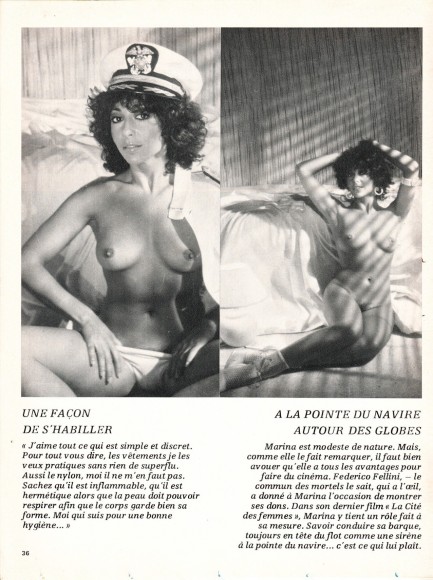  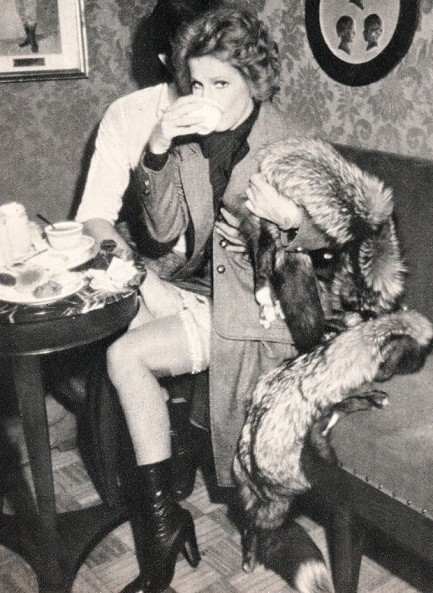 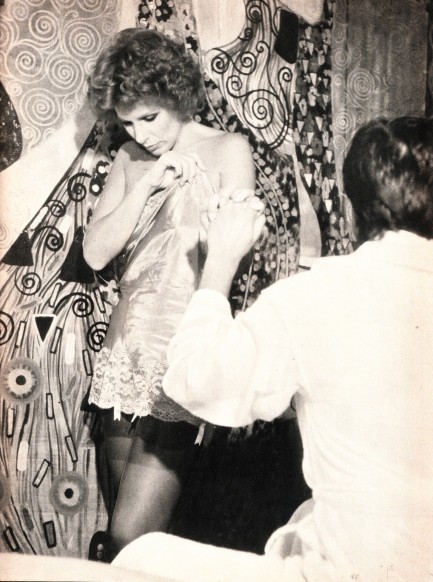 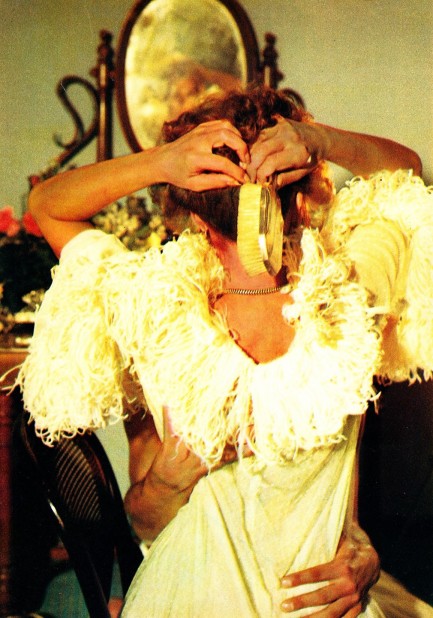 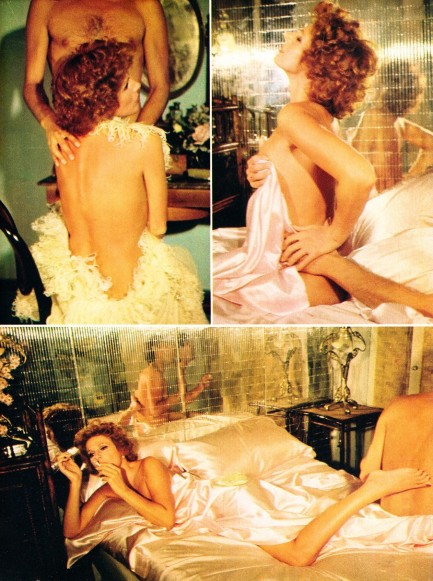 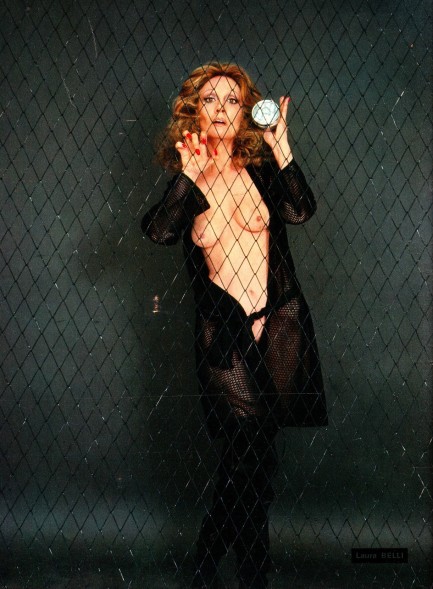    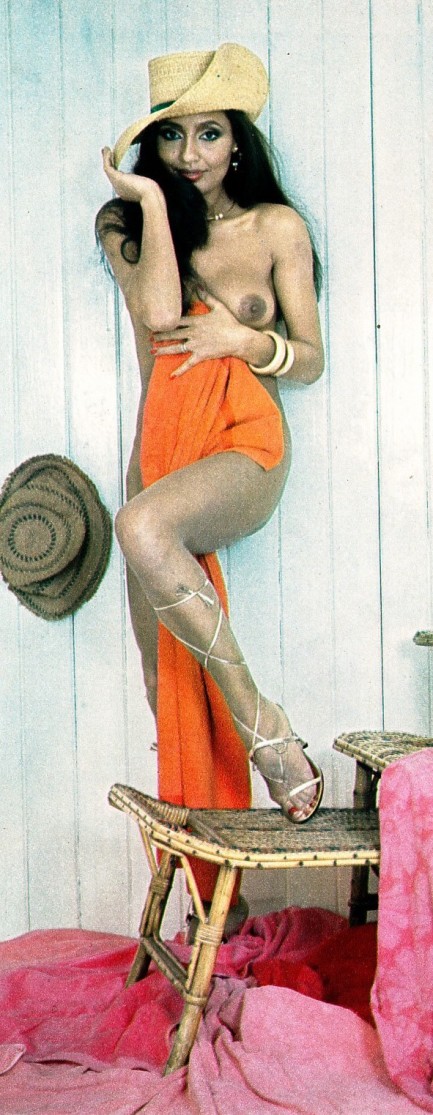  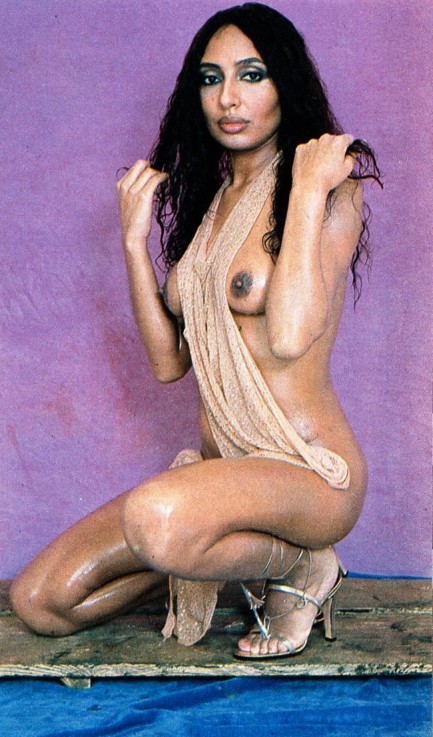   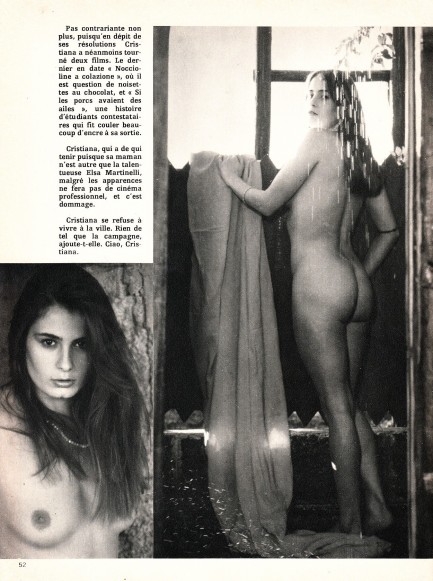   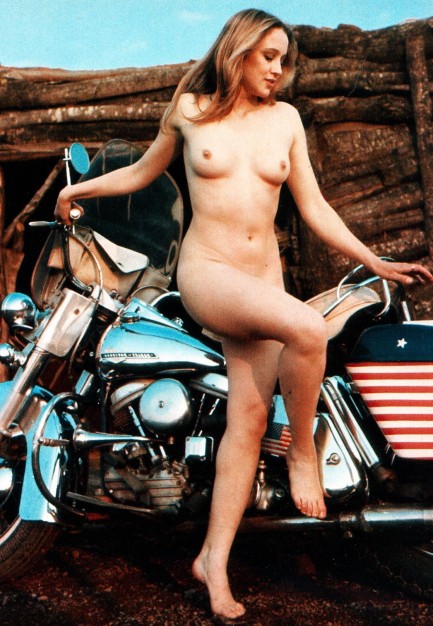 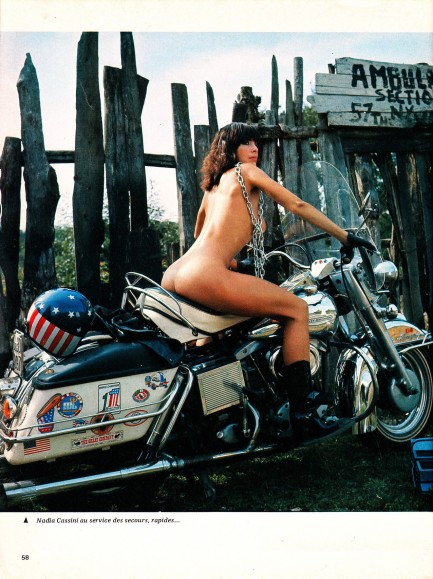  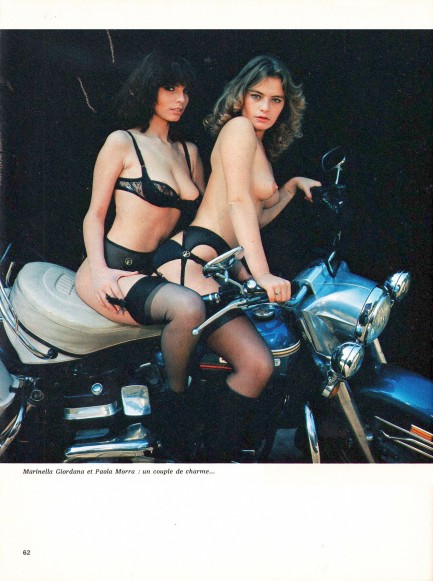  
 Minuit puts the country's hospitable reputation to the test. 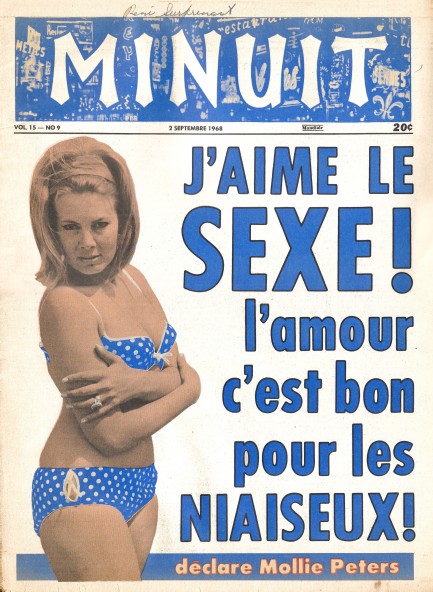
Ever since we discovered a while back that the U.S. tabloid Midnight was actually a spin-off of Montreal based Minuit we've been looking around for issues. We finally had some luck. This example hit Canadian newsstands today in 1968, and on the cover is British actress Mollie Peters, or Molly Peters. Inside, various Hollywood stars are spotlighted in unflattering ways. Edy Williams was allegedly attacked by a lesbian; Paul Newman resorted to transcendental meditation to cut down on his drinking; Jason Robards, Jr. broke everything Humphrey Bogart related in Lauren Bacall's house; Robert Vaughn paid off his extensive gambling debts and cancelled his credit cards; Janet Margolin allegedly ate a pound of ground beef every day for health reasons; and Ursula Andress attacked Anita Ekberg in a Paris restaurant for making eyes at Andress's boyfriend Jean-Paul Belmondo.
There's also a note on Babsi Zimmermann, who Minuit claims just refused a nude role in a French film. We noticed the blurb because of her name, which seems too good to be true, and familiar too. We looked her up and she did exist. It turns out she was better known as Barbara Zimmermann. She changed her stage name after the release of her first film, a counter-culture sexploitation romp called Heißer Sand auf Sylt, aka The New Life Style (Just to Be Love). Maybe she wanted a fresh start because the movie was such a stinker. We know it was bad because we wrote about it, which is why her name sounded familiar. She's naked as a donskoy cat in it, so Minuit's claim that she refused the French movie makes sense if she wanted to rebrand herself. The change still has people confused. Currently IMDB has separate entries for Babsi and Barbara.
Minuit reserves special attention for U.S. actor George Hamilton, who had been generally targeted by tabloids for avoiding military service in Vietnam. Why him? We wrote about the reason a long while back, and if you're curious you can check. Minuit wryly informs readers that, “George Hamilton somehow managed to break his toe the day after he received a notice to report to the U.S. Army recruiting center. This gives him an interesting three-month [deferral]. It's clever, isn't it?” Obviously, toes heal. Hamilton eventually received a full deferral for other reasons.
Also in this issue, Minuit editors treat readers to a story about a man cut in half by a train. We feel like it's urban folklore, but there are photos—for any who might be convinced by those—and a long story explaining how a man named Regerio Estrada caught his wife Lucia in bed with another man, beat him unconscious, and tied him to a train track to await the next express. Do we buy it? Not really. The internet contains only a fraction of all knowledge and history, but we think this tawdry tale is so bizarre that it would have found its way online. There's nothing. Or maybe we're just the first to upload it. Anything is possible. We have additional colorful Canadian tabloids we'll be sharing in the months ahead. You'll find eighteen scans below. 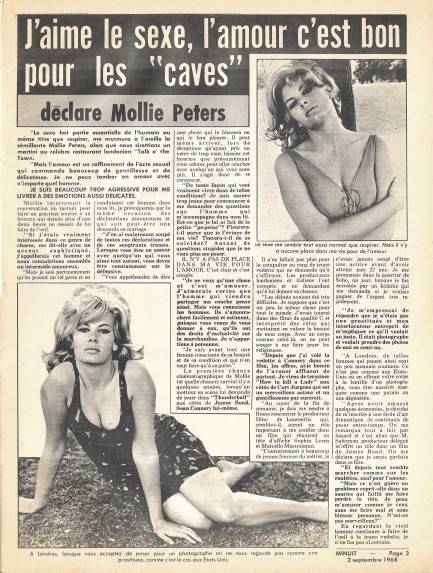 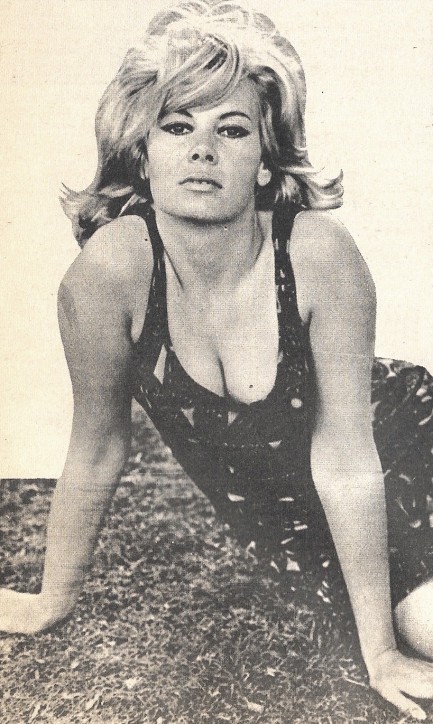 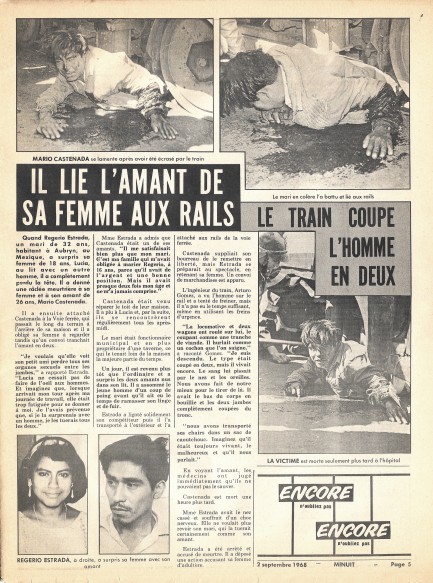 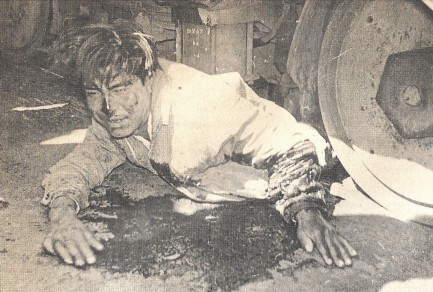  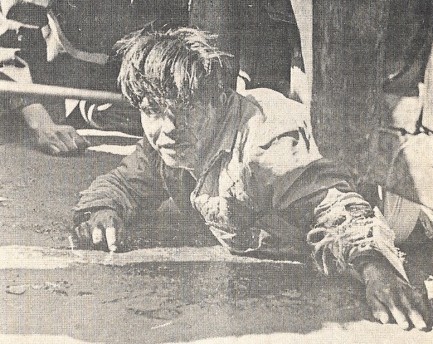 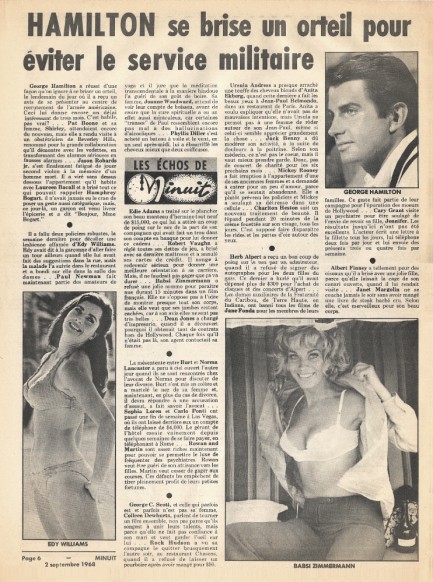 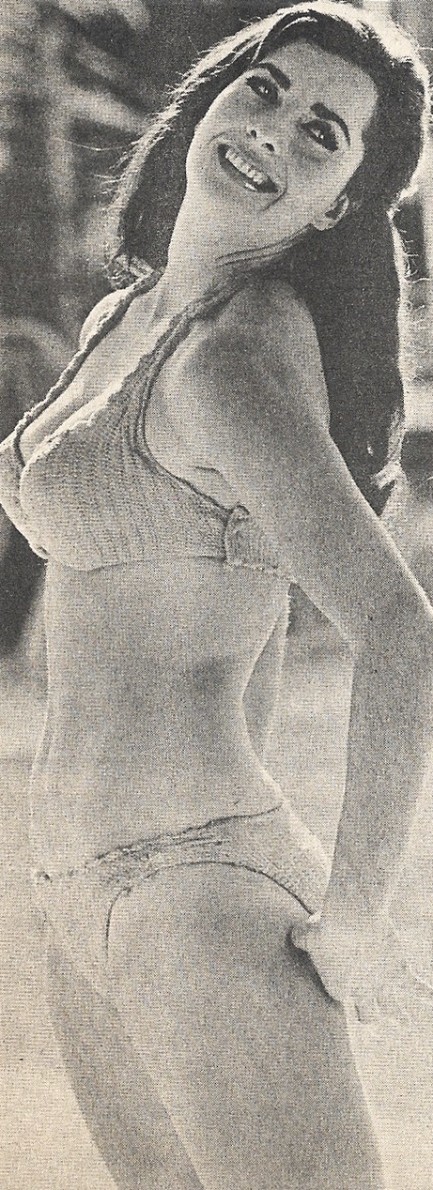  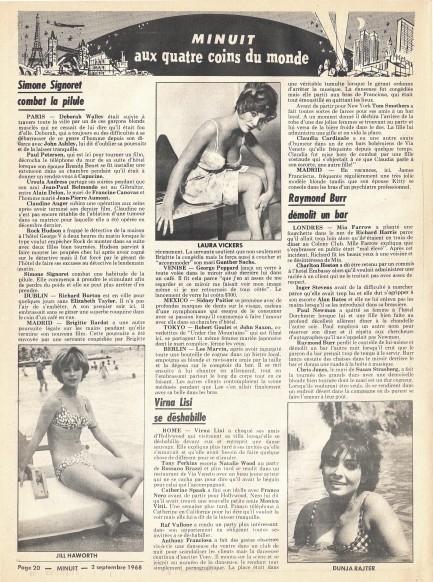 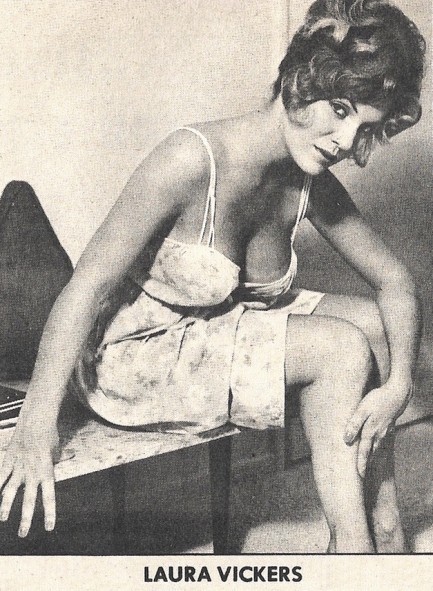 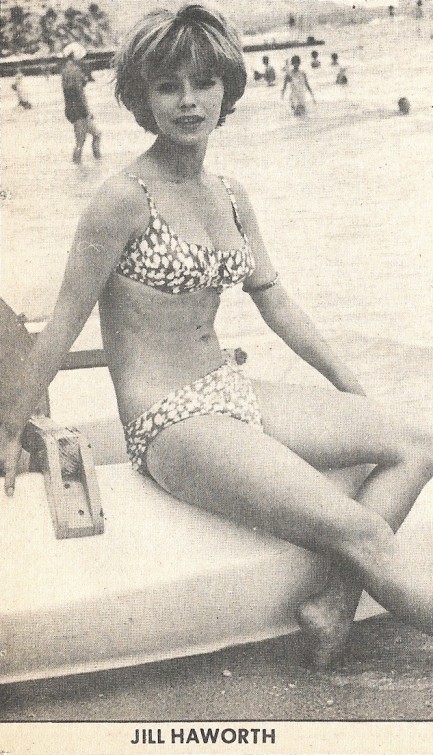 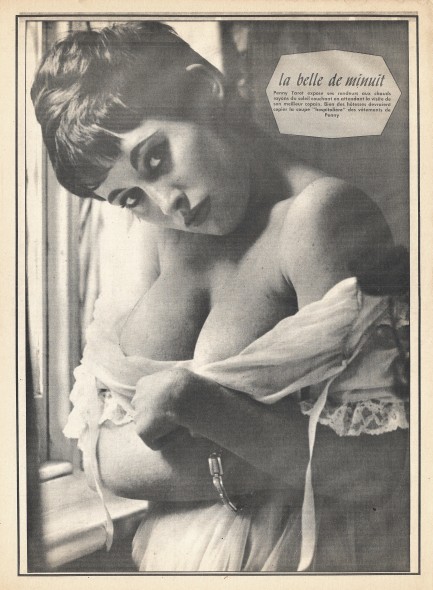 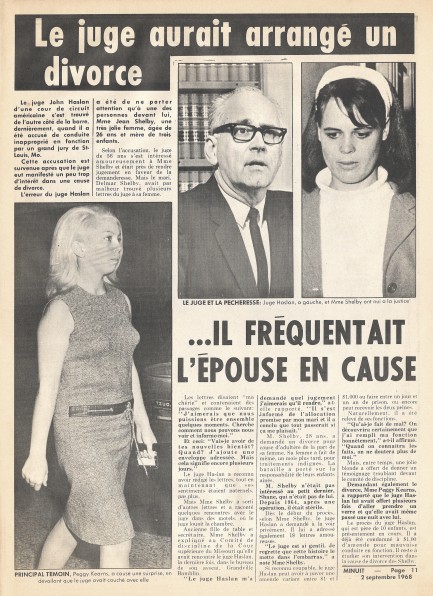 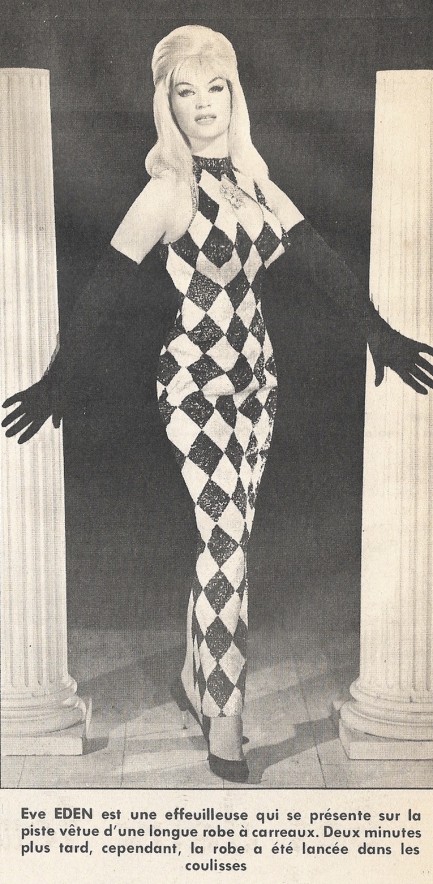  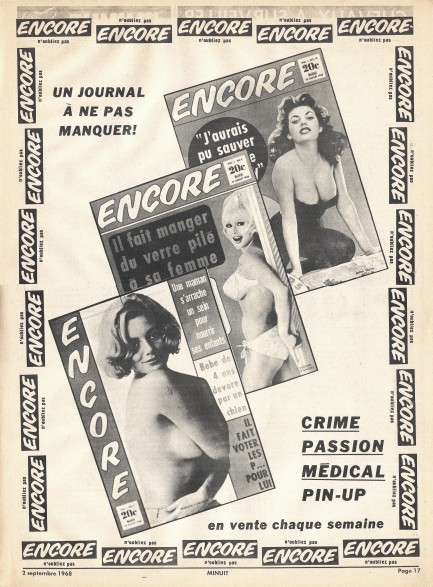
 Vintage glamour magazine produces treasure trove of rare celebrity photos. 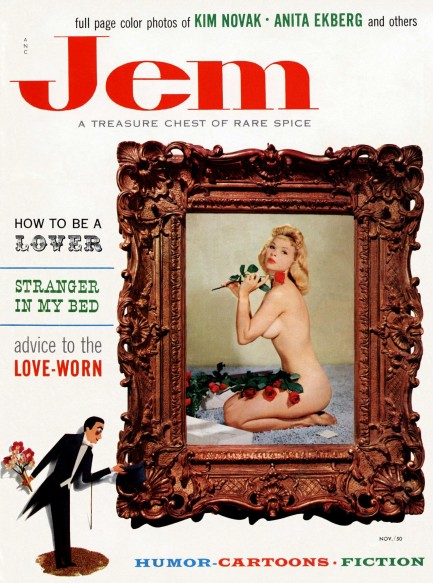
Above you see the cover of Jem magazine, founded by famed bodybuilder Joe Weider as one of the first high budget competitors to Playboy. He also launched the similar imprint Monsieur. The scans above and below are from the very first issue of Jem, published this month in 1956. It came out during the heyday of the era when magazines of this type gave equal billing to Hollywood celebrities and erotic stars (something we try to emulate on Pulp Intl.), which means you'll not only see rare photos of actresses like Anita Ekberg, Jayne Mansfield, and Kim Novak, but also burlesque dancer and model Candy Barr (on the cover and in the beautiful masthead page), model Betty Brosmer (who was Weider's wife), and dancer Lili St. Cyr. Jem also poached July 1956 Playboy centerfold Alice Denham, which must have served as a shot across Hefner's bow. In addition to all those attractions, you get illustrations by Dwight Howe, Ken Wyeth, John Martin, and Jack Lyons. The magazine is so vibrant we uploaded every page that had either photos or art, making for a whopping fifty panels to enjoy below. We found this on Archive.org, but we're going to see if we can locate a few in real life. 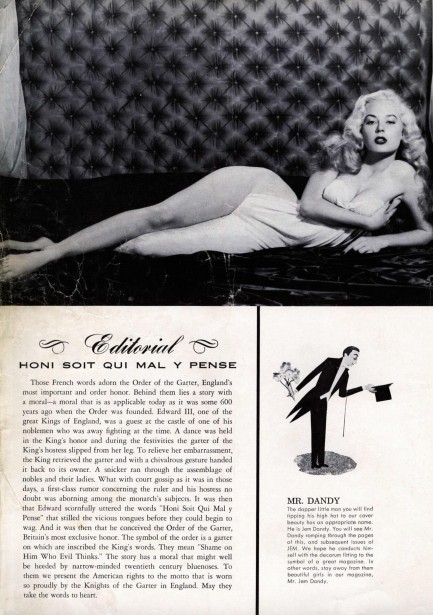 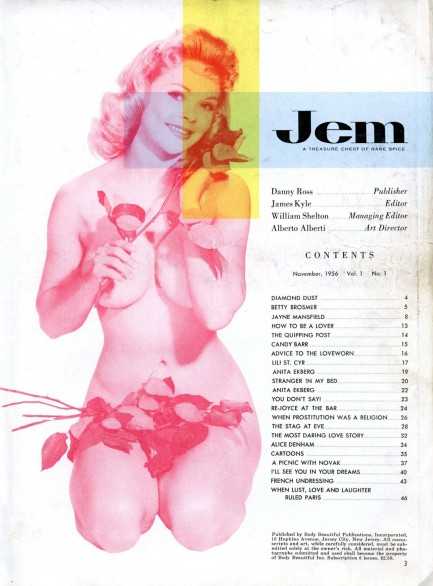 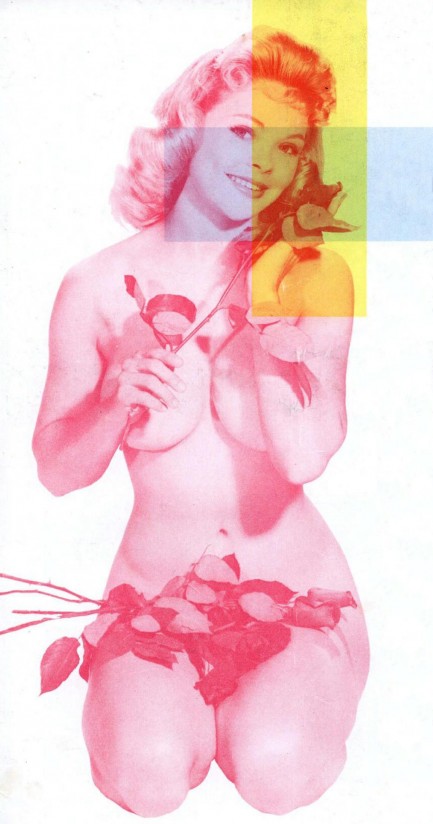 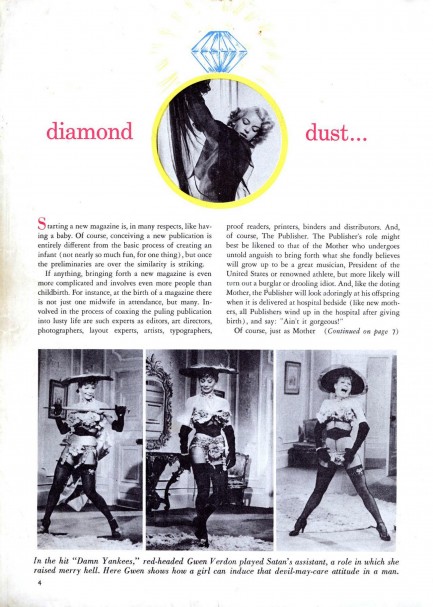 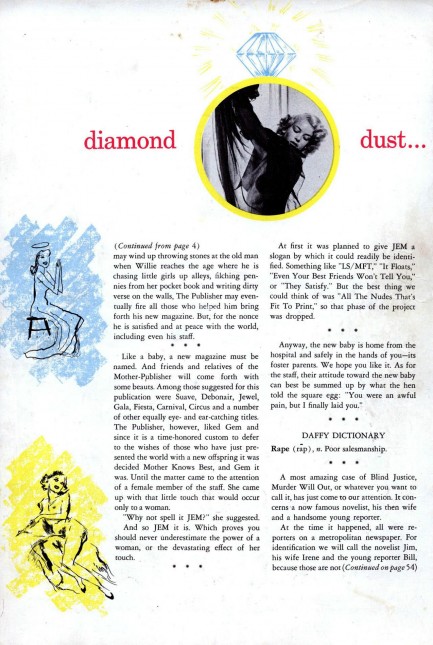 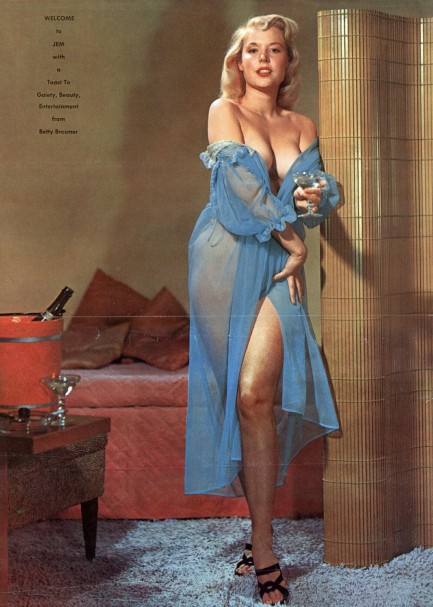 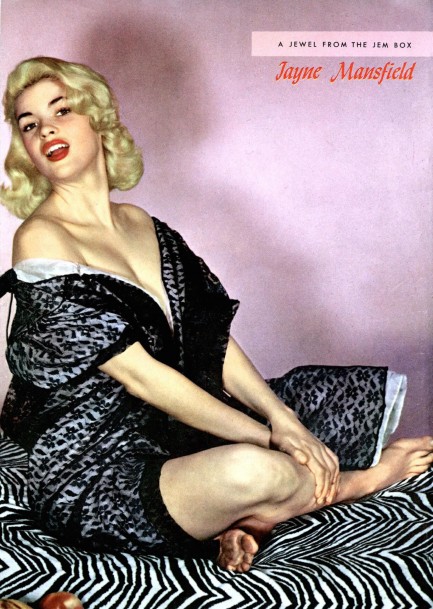 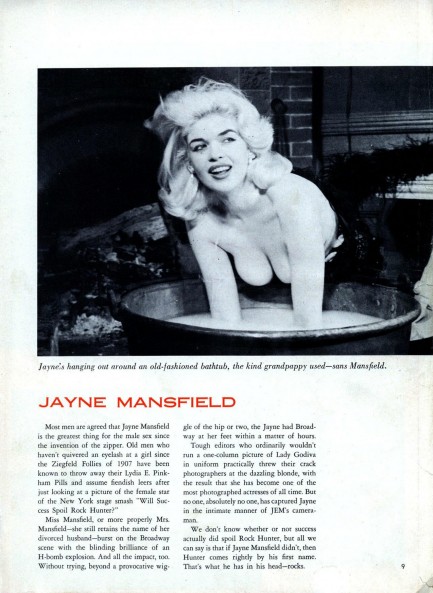 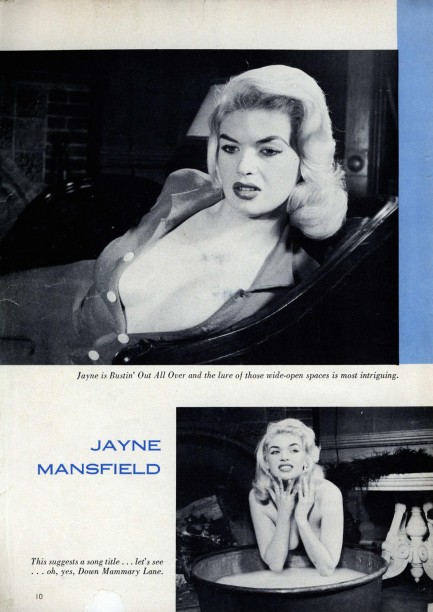 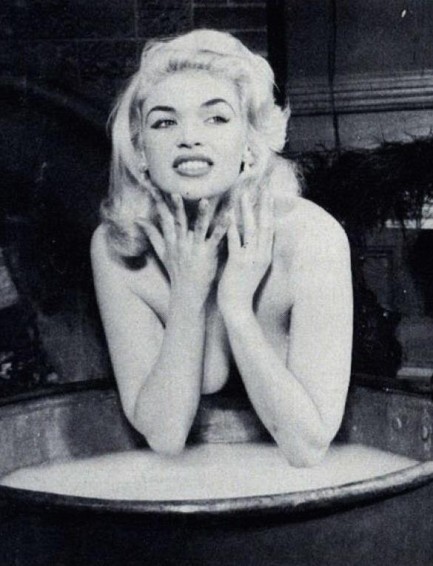 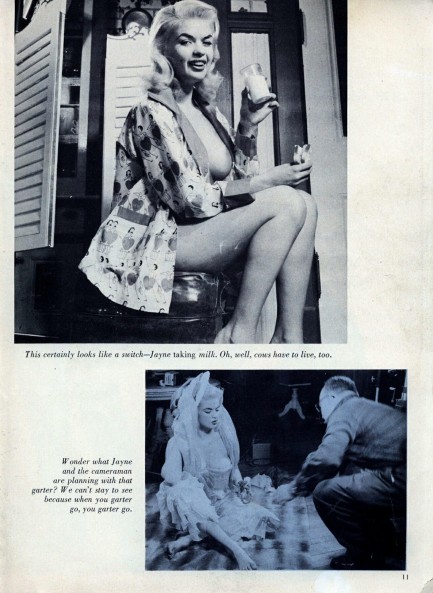 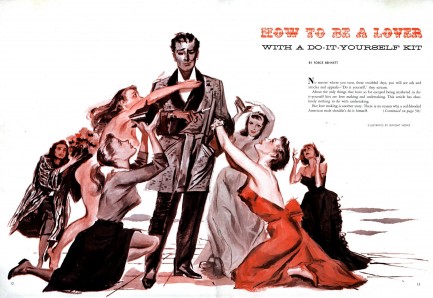 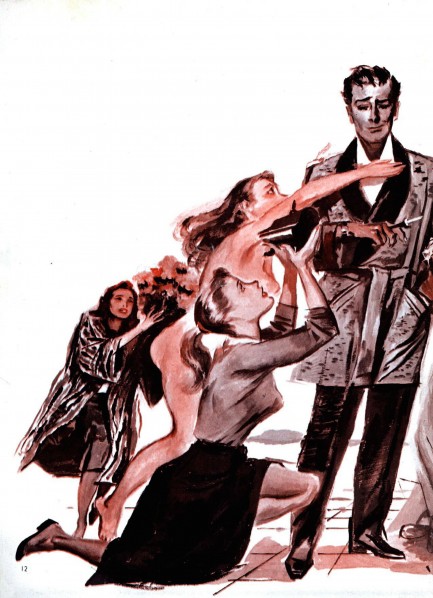 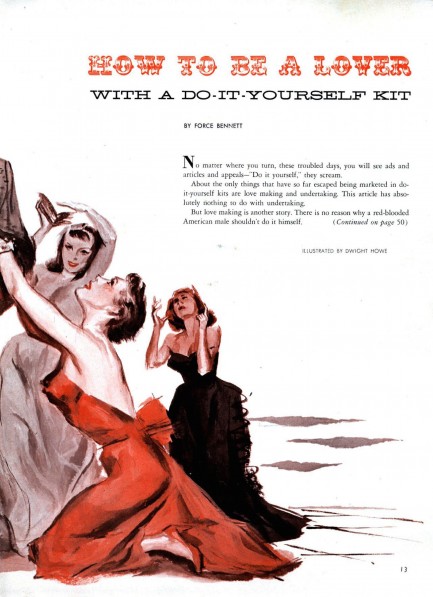 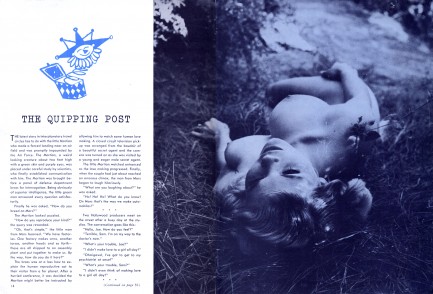 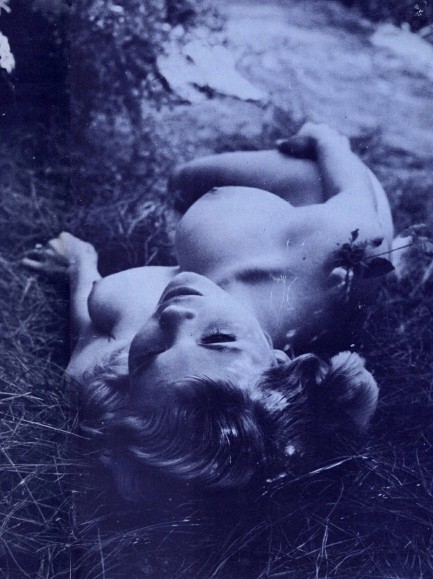 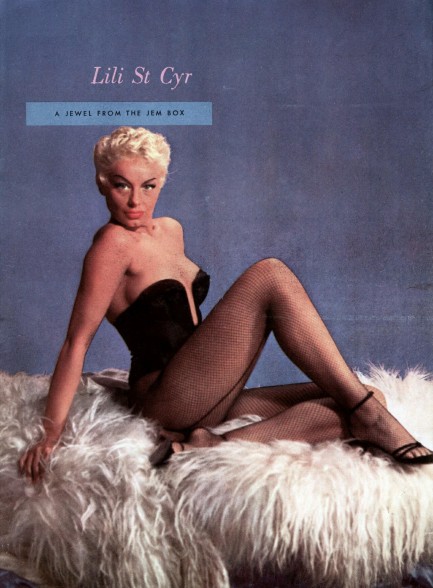 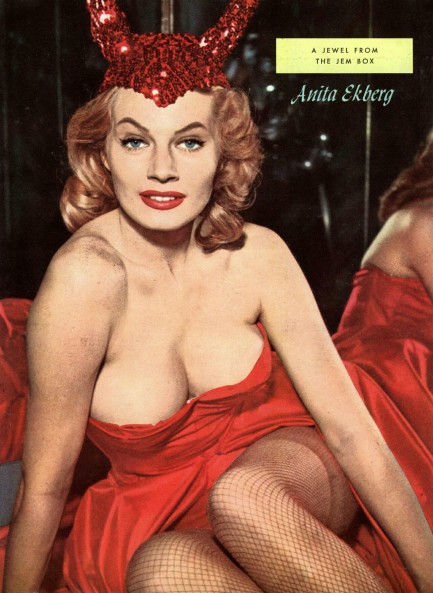 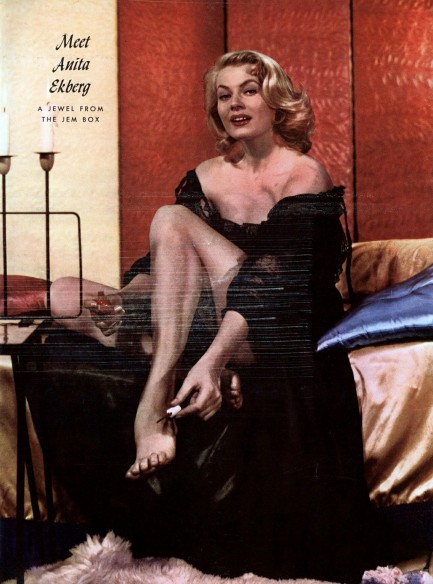 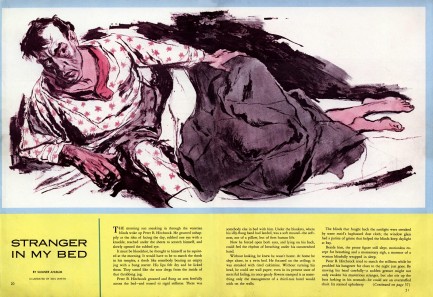 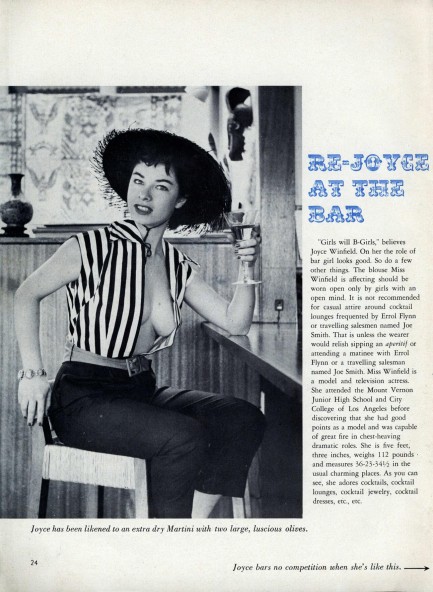 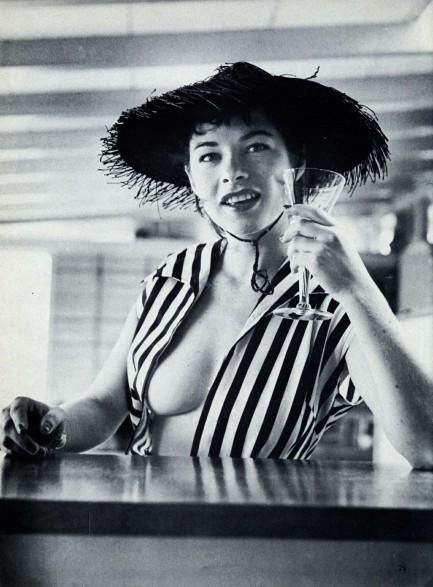 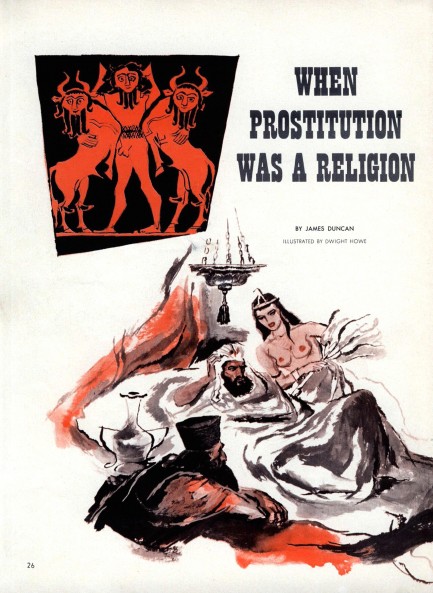 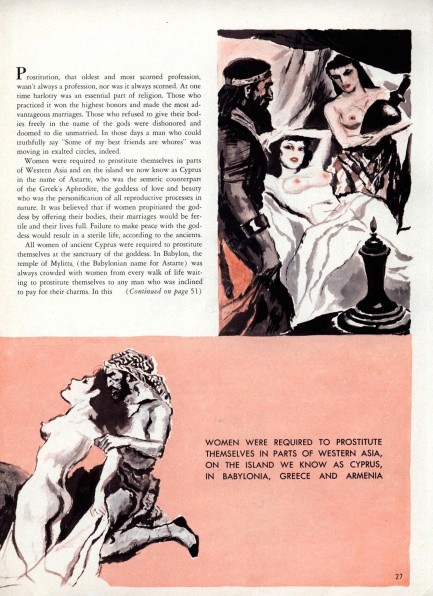 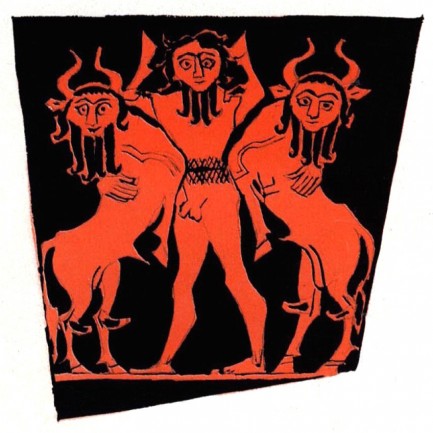 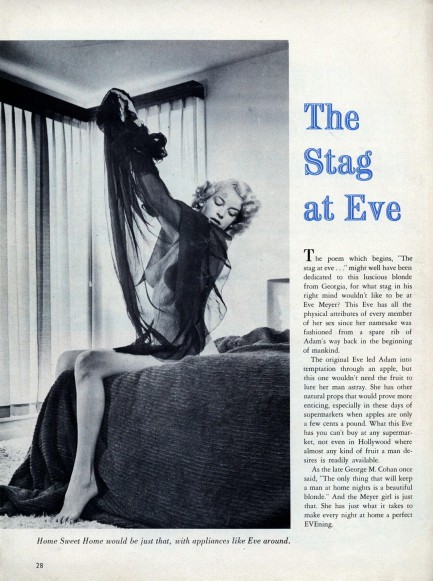 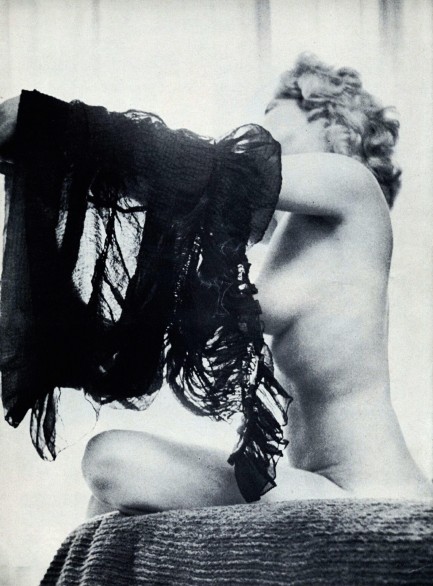 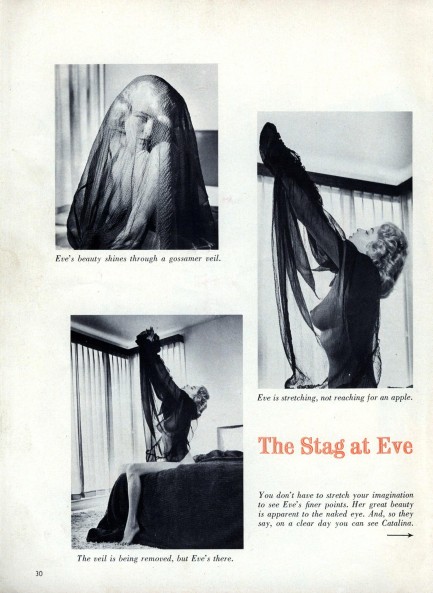 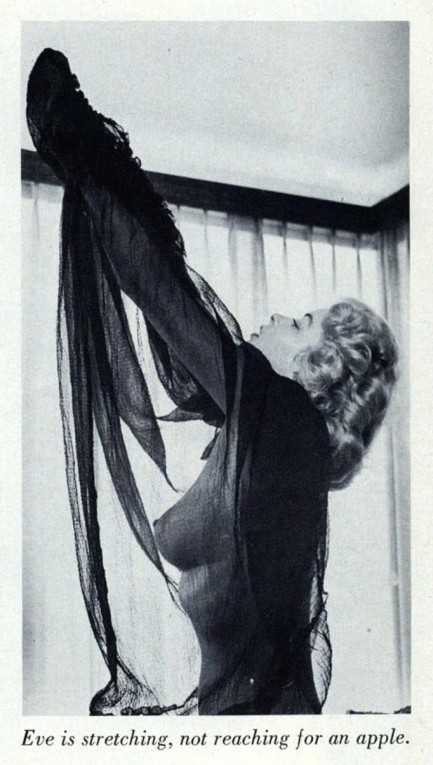 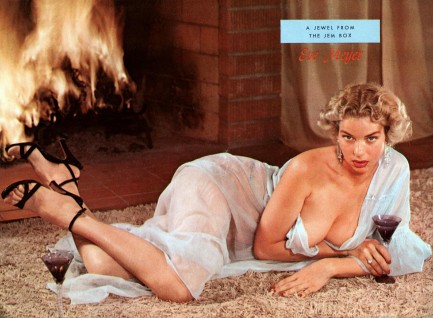 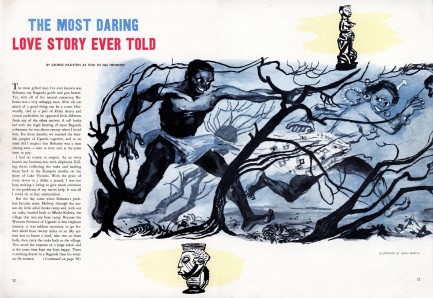 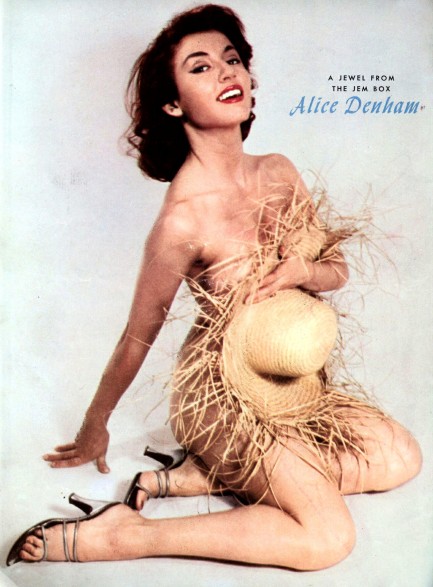 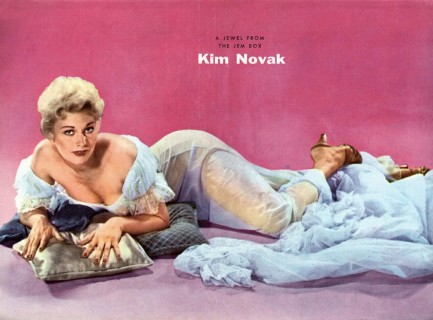 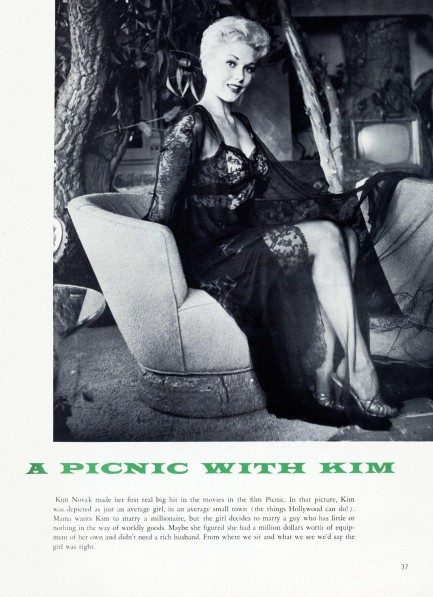 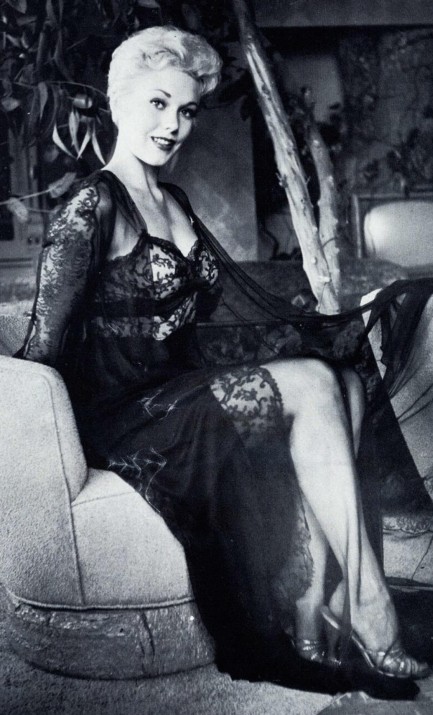 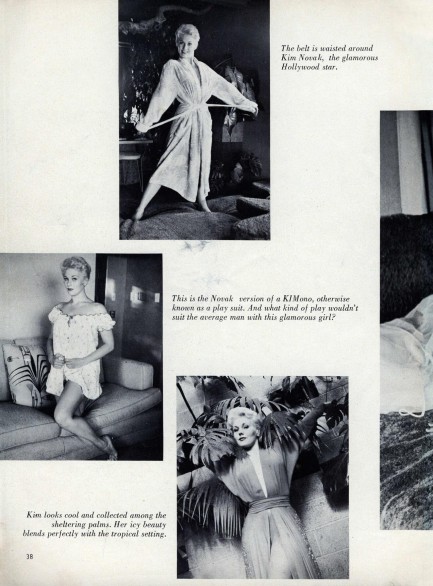 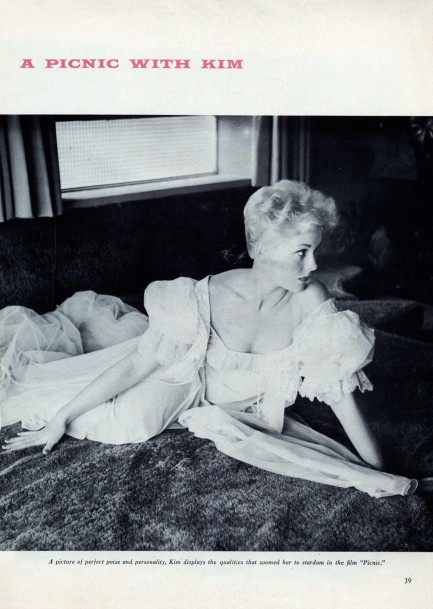 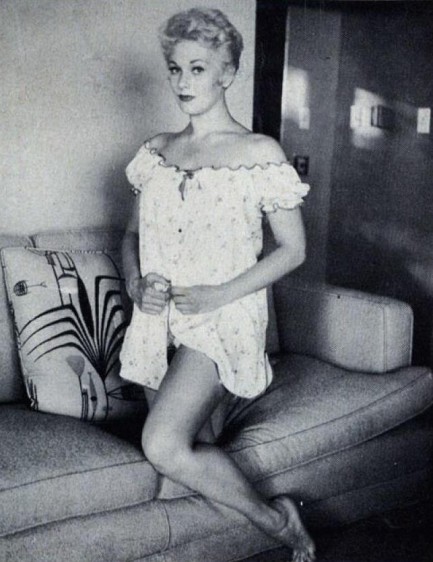 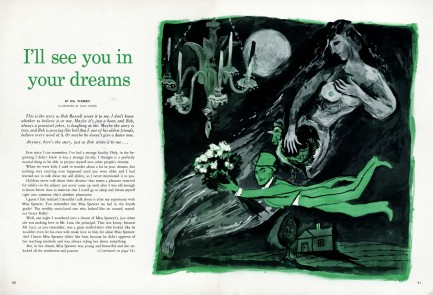 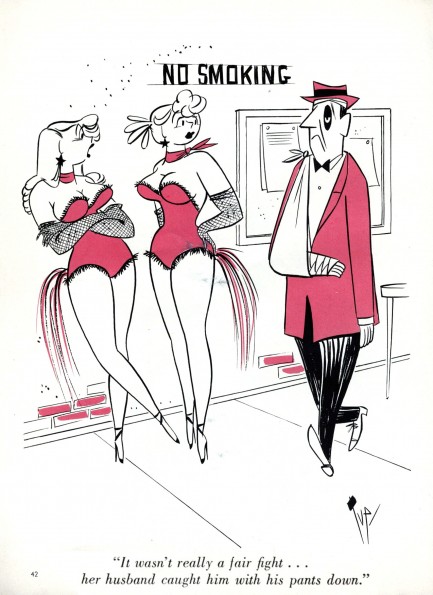 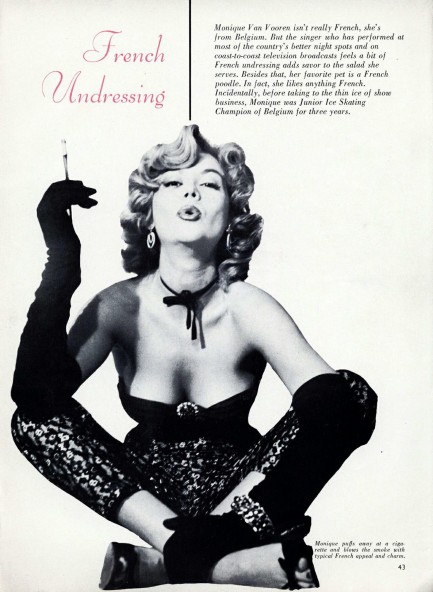 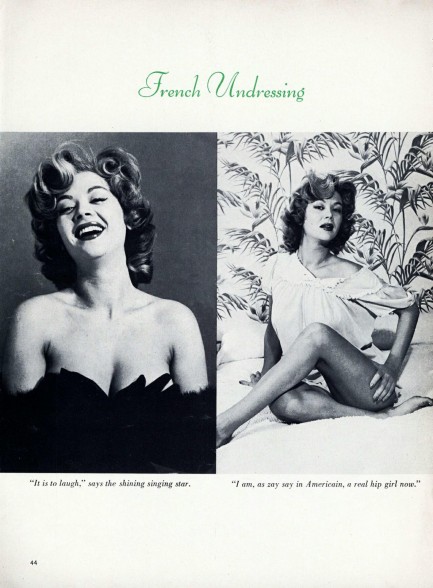 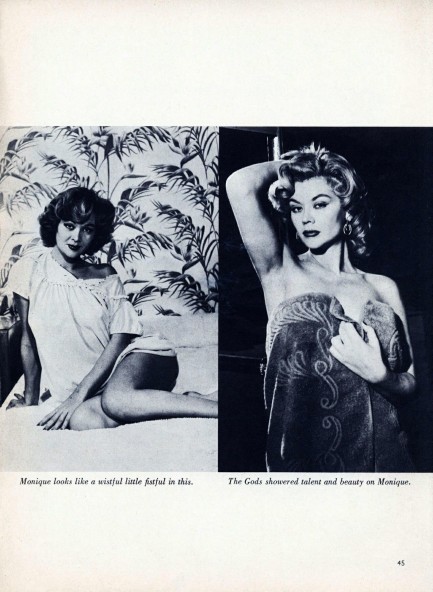 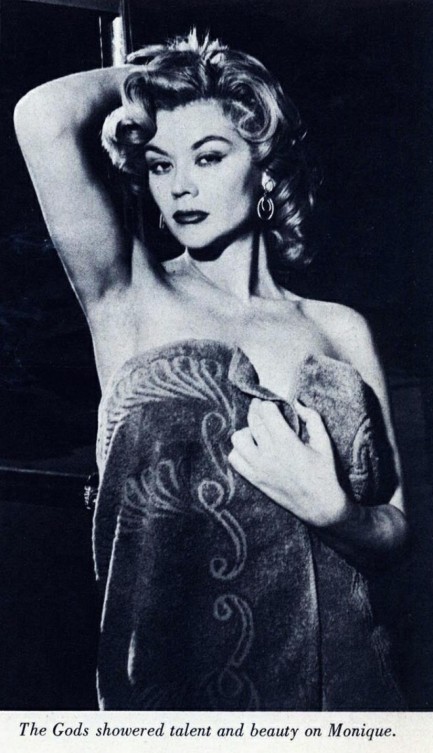 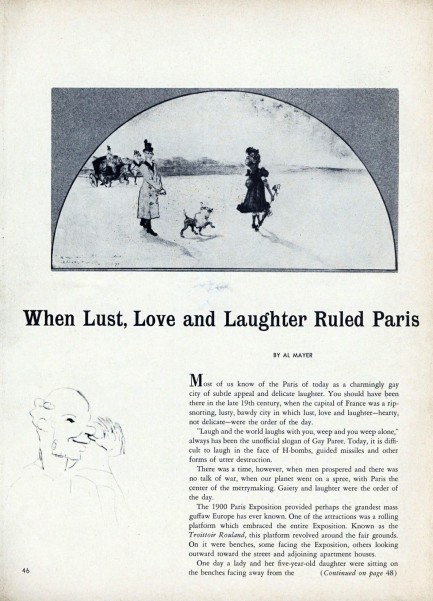 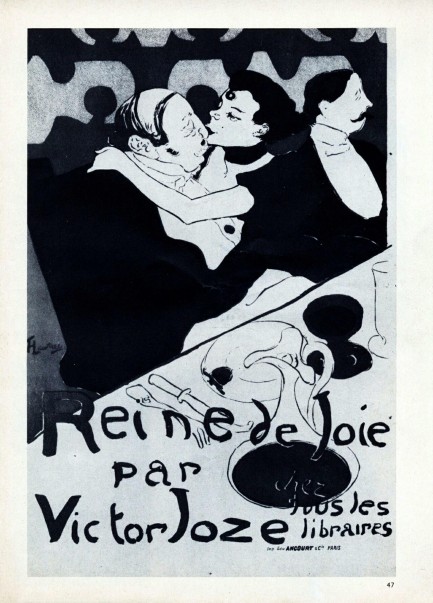 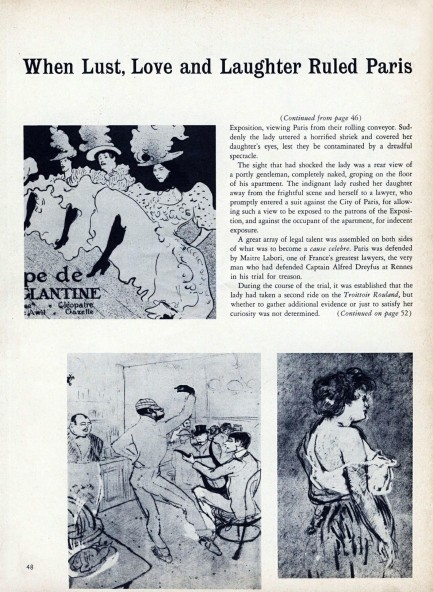 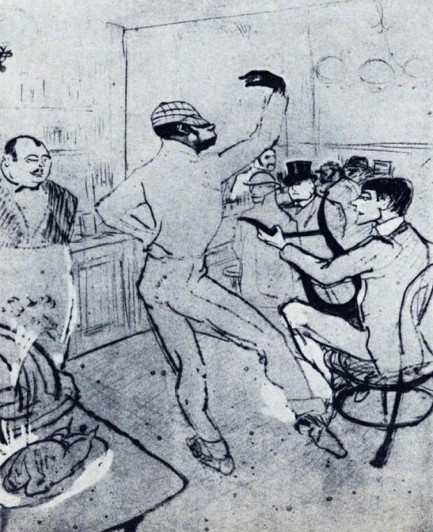 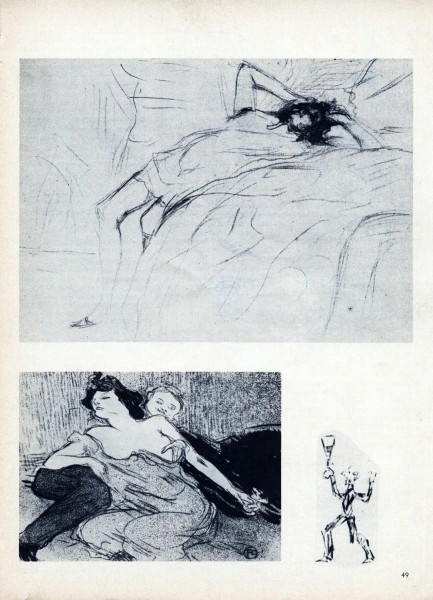 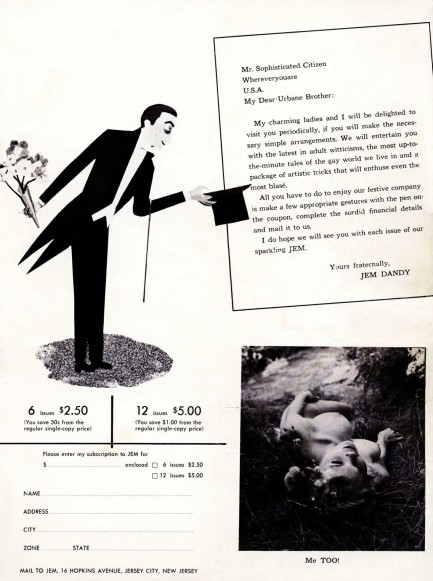
 Can you name the five stars in the constellation Ludlow the Genius? 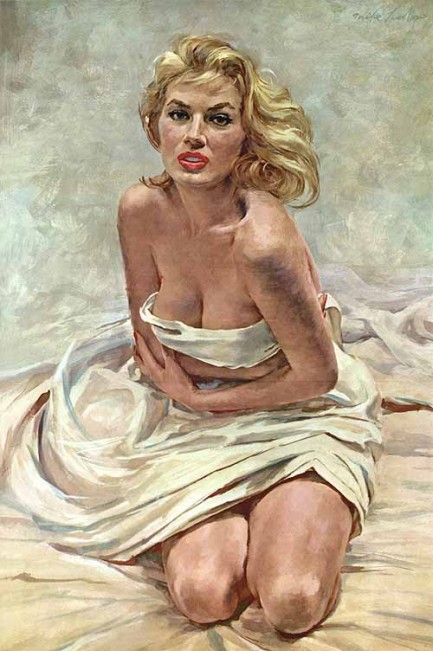 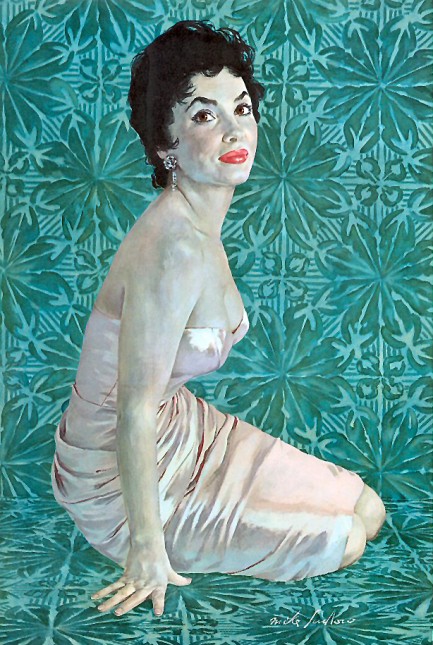 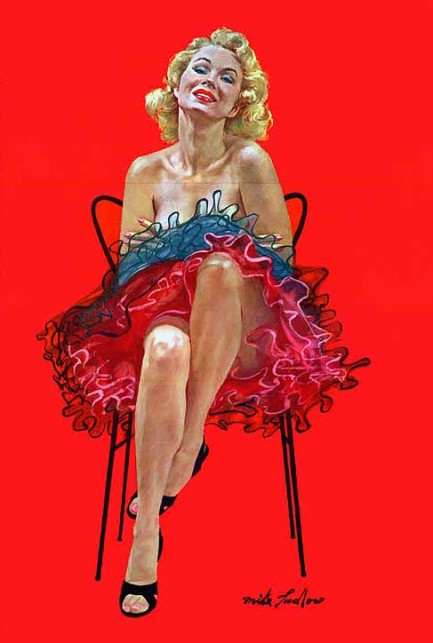 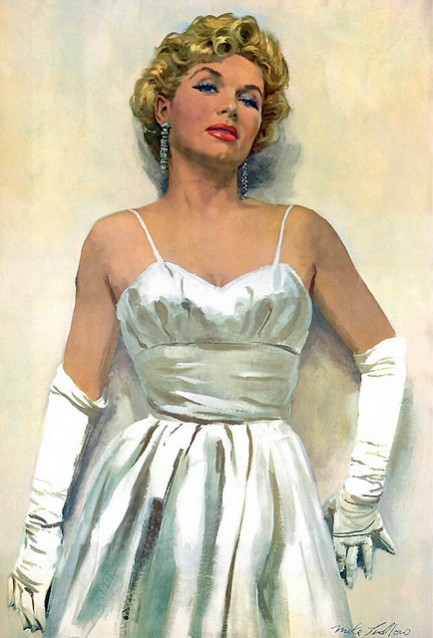 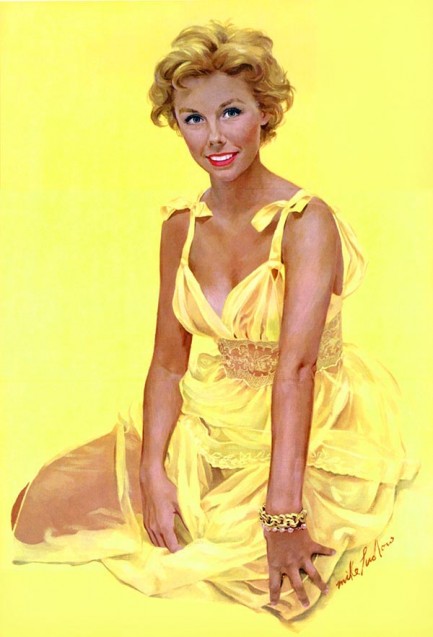
Above you see five pin-up paintings that came from the brush of Mike Ludlow, an artist we featured the first time only recently. He rose from humble beginnings in Buffalo, New York, to become an acclaimed figure that at his zenith painted portraits of major actresses for Esquire magazine. That's where all these pieces were originally published, and if you haven't identified them all, they are, top to bottom, Anita Ekberg, Gina Lollobrigida, Virginia Mayo, Denise Darcel, and Betsy von Furstenberg. All these stars have been featured on Pulp Intl., and you can see interesting posts on them at the following links: Ekberg, Lollobrigida, Mayo, Darcel, von Furstenberg.
 Looking back at one of the solar system's hottest celestial bodies. 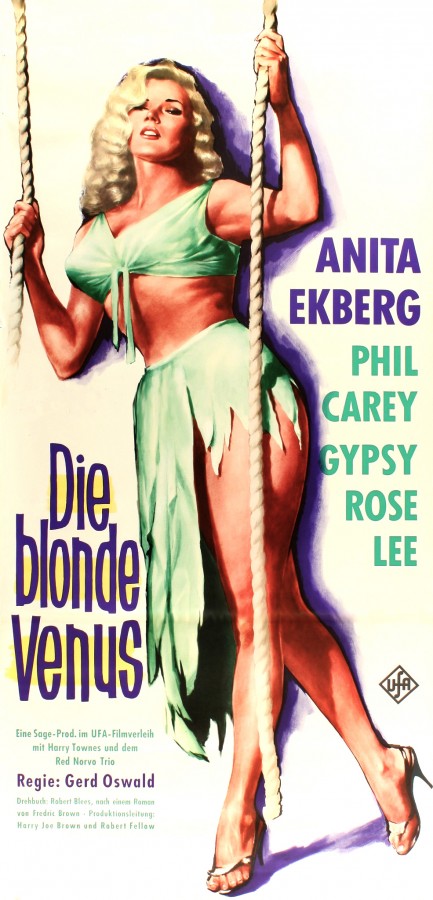
Anita Ekberg's film noir Screaming Mimi opened in West Germany today in 1960. We've had a look at one West German poster, but today we've decided to share another one. This version is similar to the U.S. promo, but the unusual color palette makes it seem like a completely different design. We think's it's really beautiful.
 Ekberg personifies every father's wish. 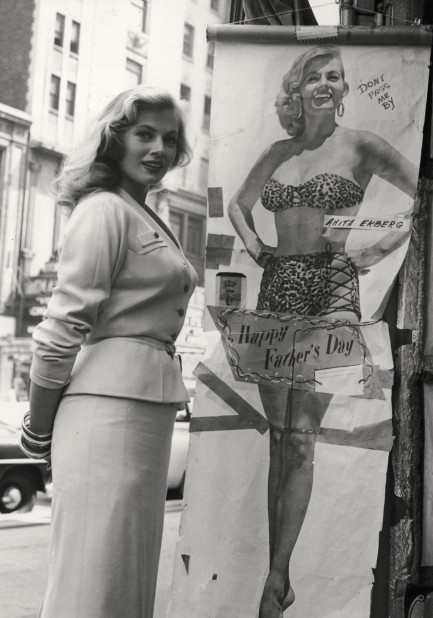
Swedish superstar Anita Ekberg poses in New York City for this promo photo commemorating Father's Day, which in the U.S. happens to be today. How many fathers wish they had someone like Ekberg around the house? All of them. This was shot in 1958.
 Being the object of every man's desire will tend to take a toll. 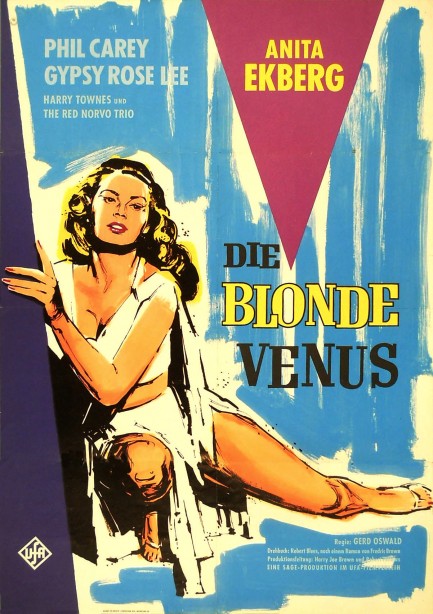
It took us a while to figure it out, but this is a West German poster for Anita Ekberg's drama Screaming Mimi, which we talked about a couple of years ago. Die blonde Venus is a pretty generic re-titling, in our opinion, but we do like this unusual visual approach for the poster. The movie is about a woman suffering from the effects of a traumatic event in her past, who takes on a new identity and suffers the double misfortune of being dominated by her lover and targeted by a killer. It's definitely worth a watch. You can read more about it here. After opening in 1958 it finally premiered in West Germany today in 1960. 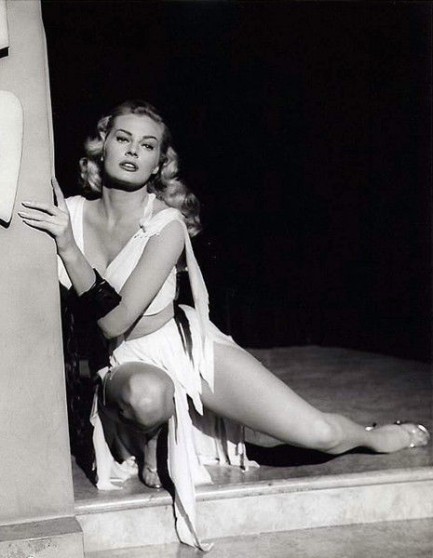

|
 |

The headlines that mattered yesteryear.
2003—Hope Dies
Film legend Bob Hope dies of pneumonia two months after celebrating his 100th birthday. 1945—Churchill Given the Sack
In spite of admiring Winston Churchill as a great wartime leader, Britons elect
Clement Attlee the nation's new prime minister in a sweeping victory for the Labour Party over the Conservatives. 1952—Evita Peron Dies
Eva Duarte de Peron, aka Evita, wife of the president of the Argentine Republic, dies from cancer at age 33. Evita had brought the working classes into a position of political power never witnessed before, but was hated by the nation's powerful military class. She is lain to rest in Milan, Italy in a secret grave under a nun's name, but is eventually returned to Argentina for reburial beside her husband in 1974. 1943—Mussolini Calls It Quits
Italian dictator Benito Mussolini steps down as head of the armed forces and the government. It soon becomes clear that Il Duce did not relinquish power voluntarily, but was forced to resign after former Fascist colleagues turned against him. He is later installed by Germany as leader of the Italian Social Republic in the north of the country, but is killed by partisans in 1945.
|

|
|

It's easy. We have an uploader that makes it a snap. Use it to submit your art, text, header, and subhead. Your post can be funny, serious, or anything in between, as long as it's vintage pulp. You'll get a byline and experience the fleeting pride of free authorship. We'll edit your post for typos, but the rest is up to you. Click here to give us your best shot.

|
|






